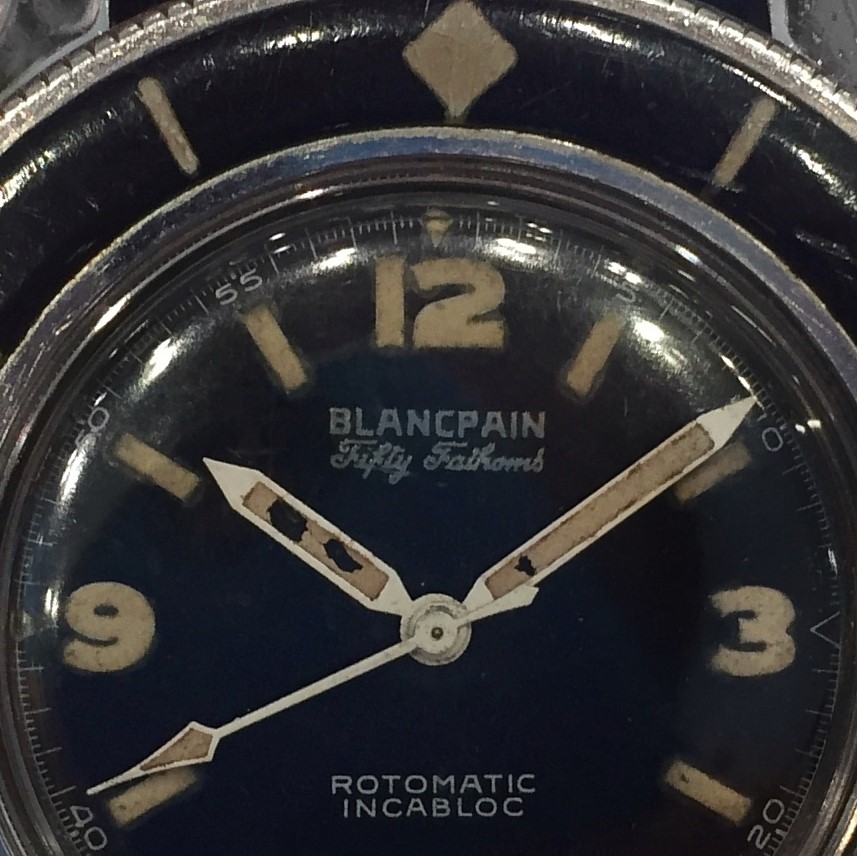a
Anglage, also referred to chamfering or bevelling, is a technique whereby the edges of particular components are filed to a 45° angle by hand, to replace a sharp, right-angled edge which would otherwise remain.
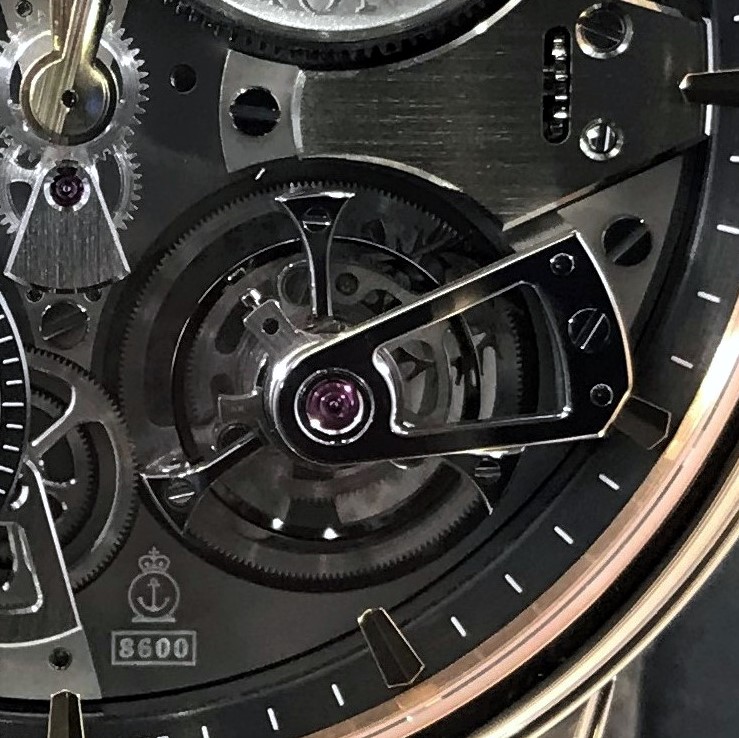
An Annual Calendar complication displays the day, date and month with the need for manual adjustment only in February to account for leap years.

Numbers – e.g. 1, 2, 3, 4, 5, 6, 7, 8, 9, 10, 11, 12.
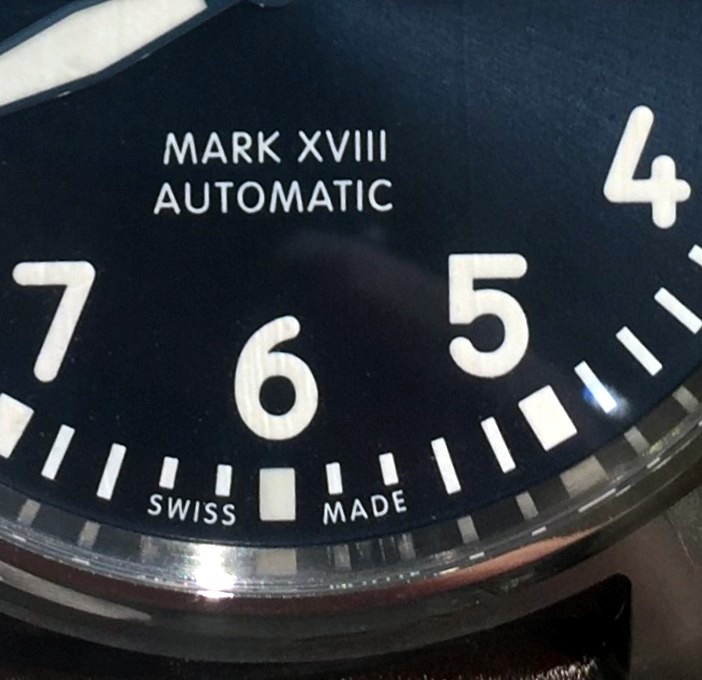
A timepiece with a calibre which is wound automatically by the wearer’s everyday movements by use of a rotor. Invented by Abraham-Louis Breguet.
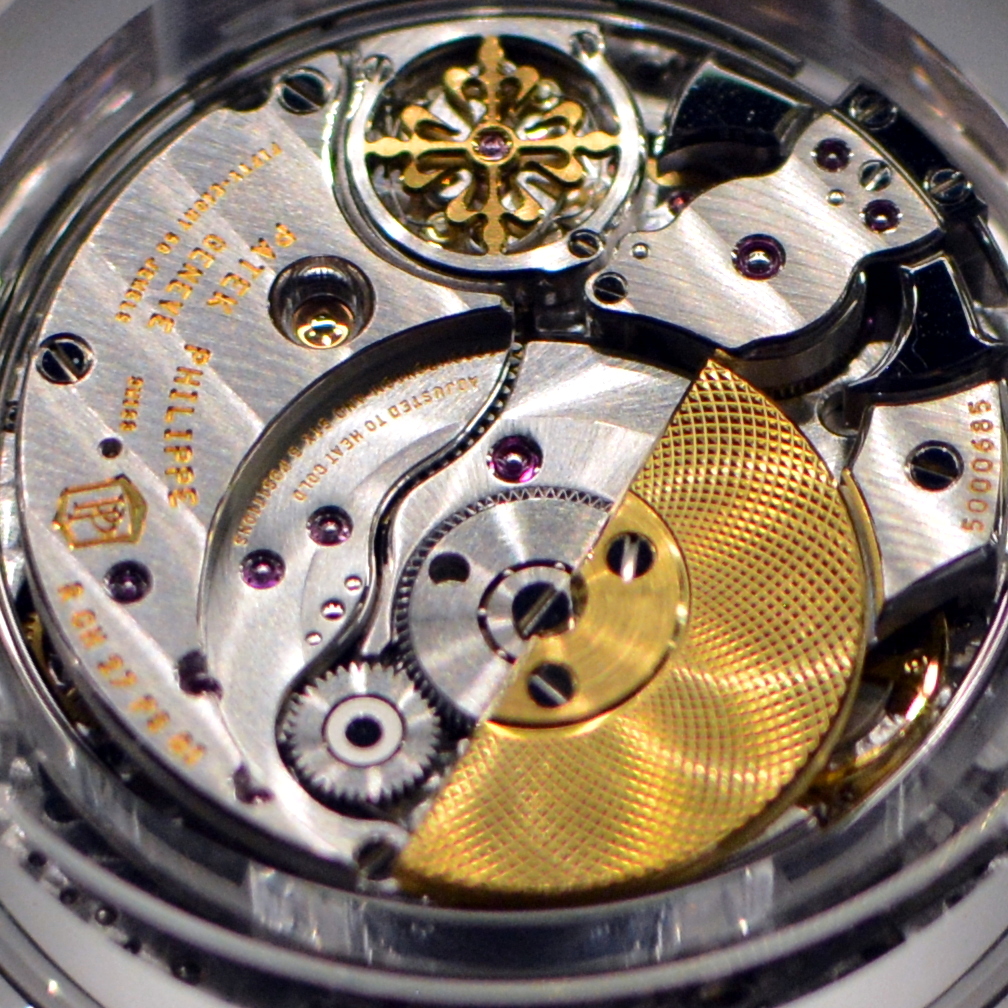
b
An extremely delicate coil-like spring, moving the balance wheel back and forth.
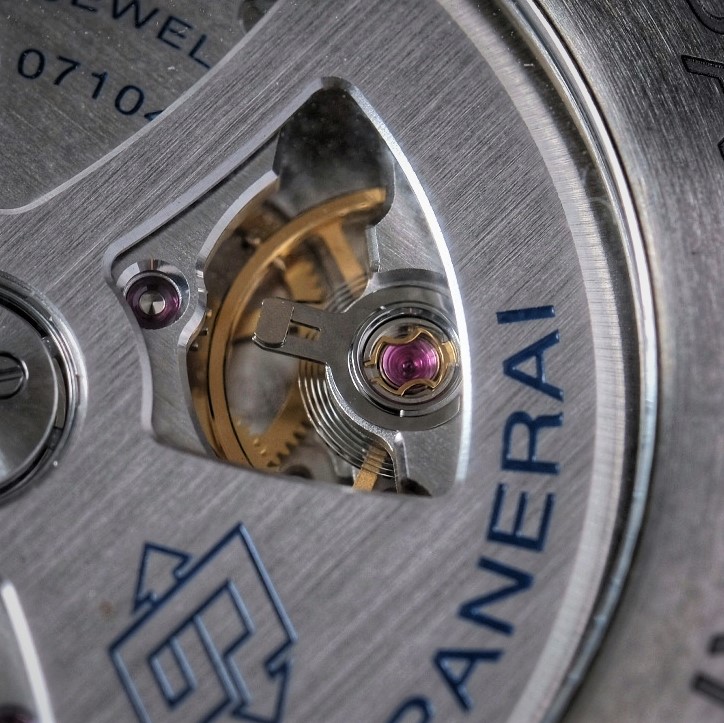
Similar to a clock pendulum, the balance wheel oscillates (driven by the spring) to split time into equal segments.

A cylindrical shape containing the mainspring of a timepiece.

The ring surrounding the watch face, often decorated or adorned with hour or minute markers on diving watches or GMTs, or a tachymetric scale on a chronograph.
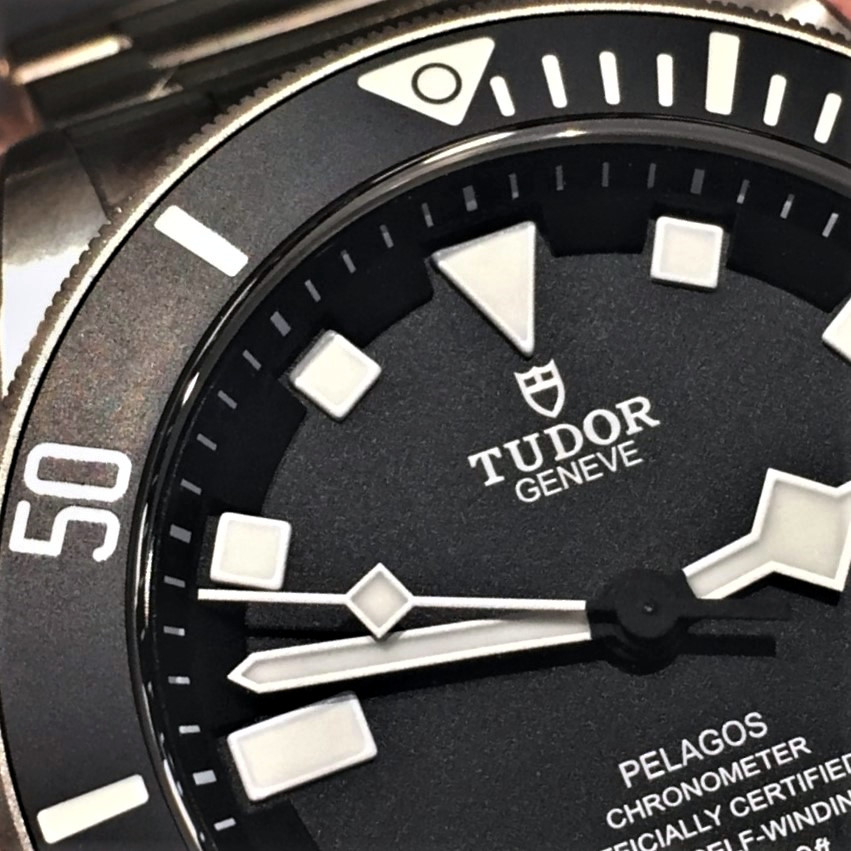
If something is blued – it is a decorative steel component heated to a specific temperature whereby an oxide layer forms turning the metal blue.
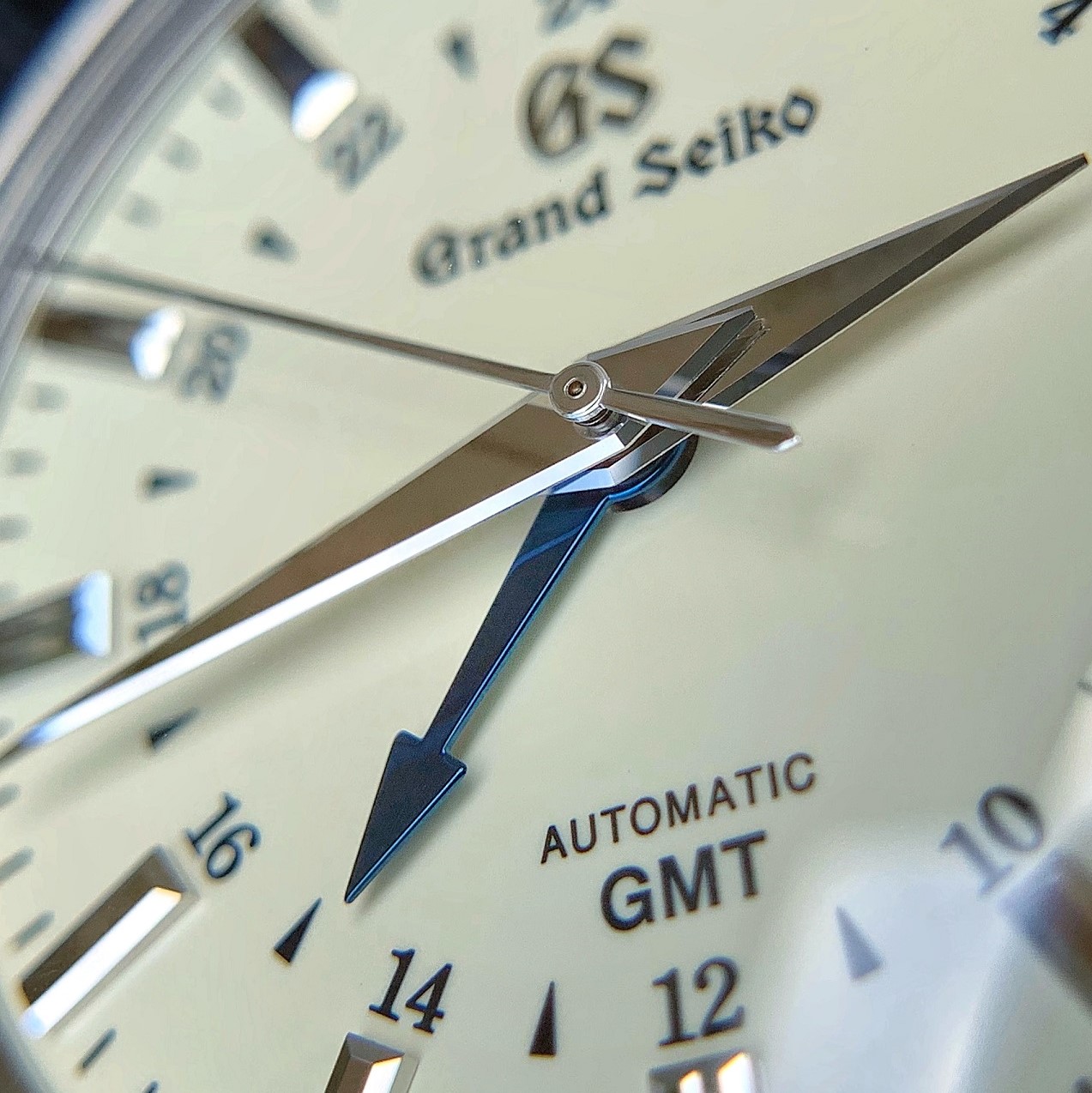
A metallic plate with embedded jewels, supporting the gears of the timepiece.

c
The horological term for a watch movement, these can be mechanical or quartz.
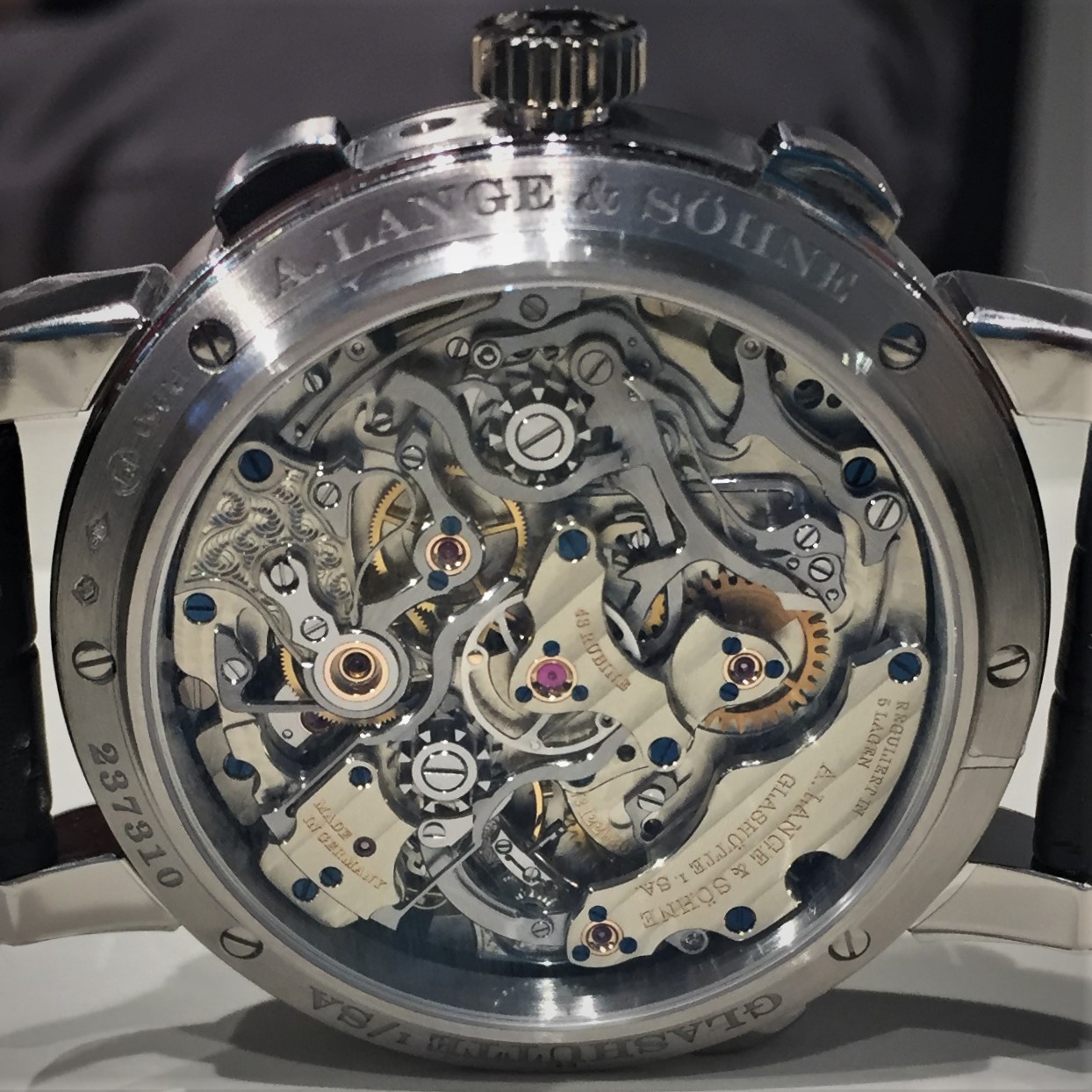
The outer body of a timepiece, containing the calibre.

The reverse side of a timepiece. This can be covered, perhaps with engraving, or sapphire to be able to view the inner workings of the timepiece.
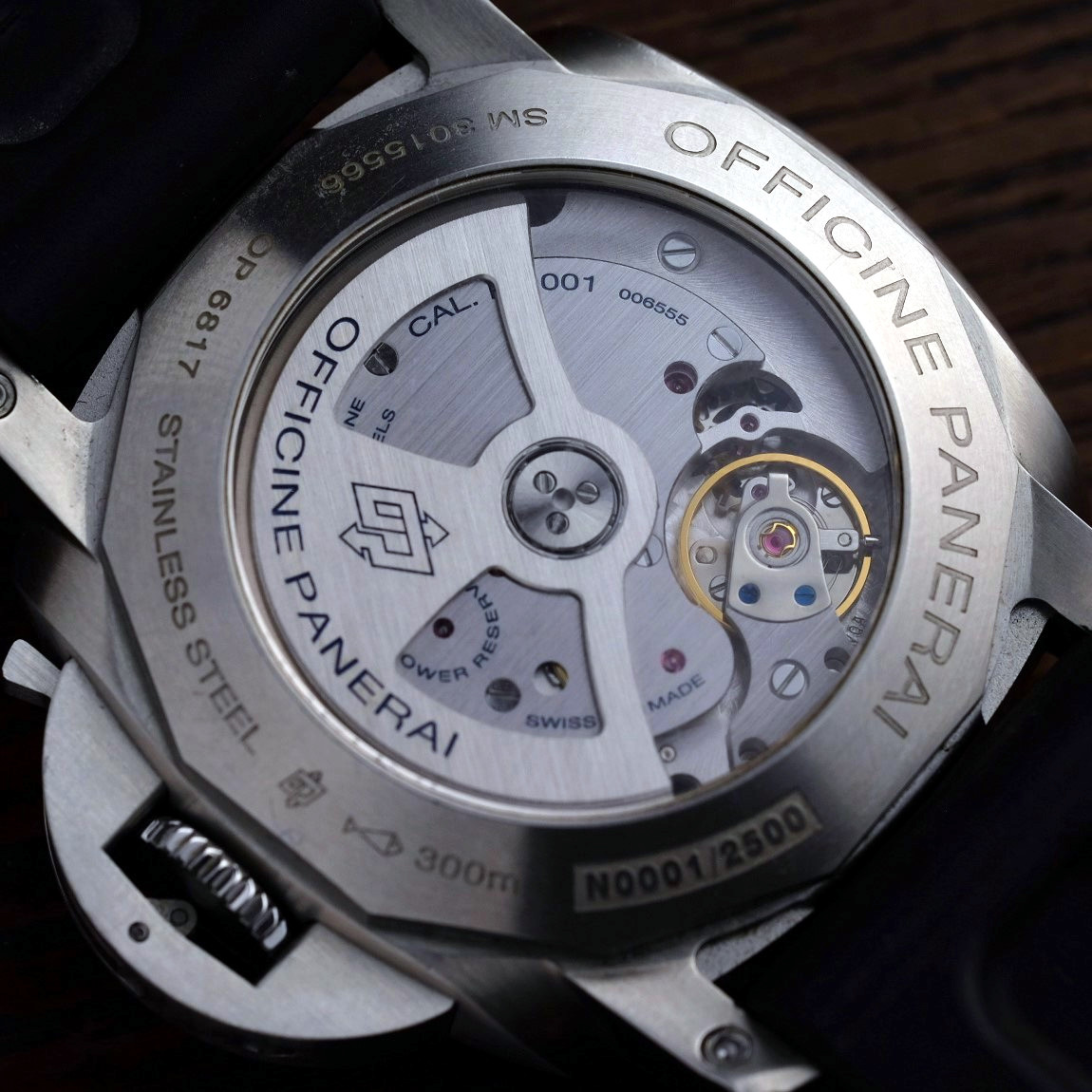
A specific type of material used for scratch resistance or aesthetic on timepieces.

A specific genre of calibre which allows for the recording of time by starting and stopping a separate function. The elapsed time is displayed using sub or feature dials on the same watch face.
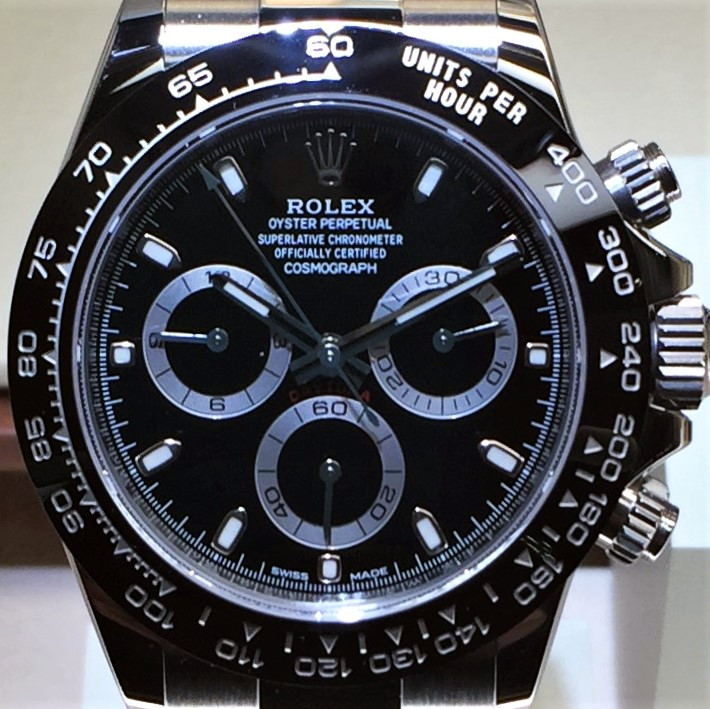
A timepiece can only be designated a chronometer if it has met the stringent quality standards of COSC certification.
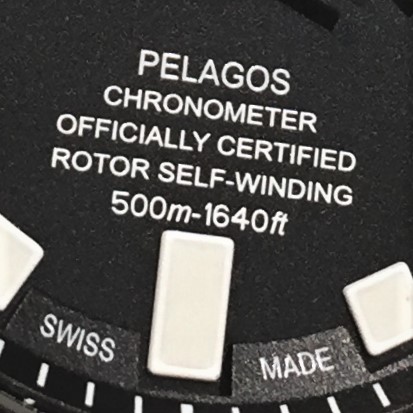
A dial where it is not possible to see through into the inner workings of the timepiece from the front.

A Complete Calendar complication displays the day, date and month with the need for manual adjustment at the end of each month not 31 days long.
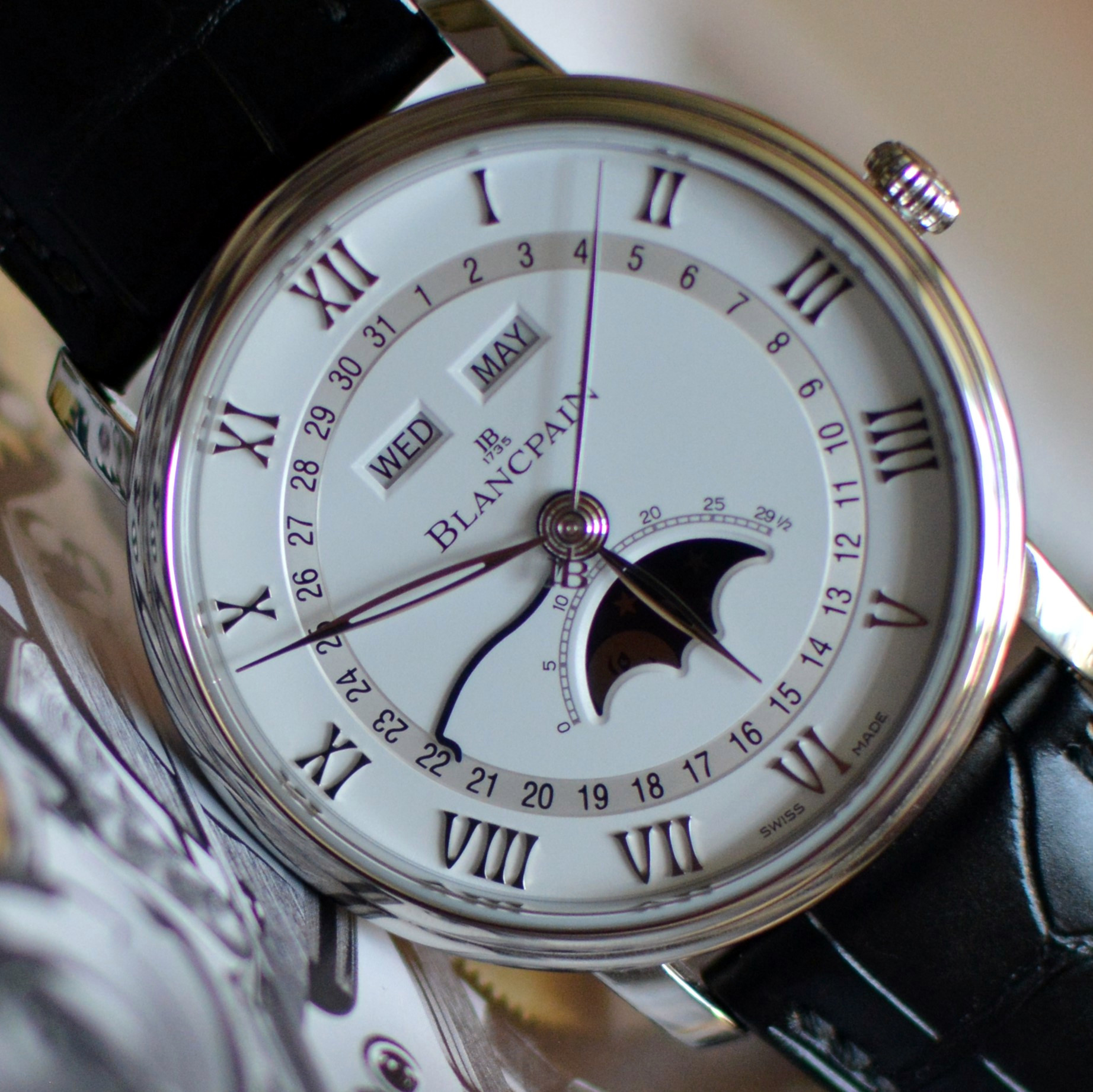
A complication is any further function on a timepiece beyond the keeping of regular time such as a date display, chronograph or moon phase.
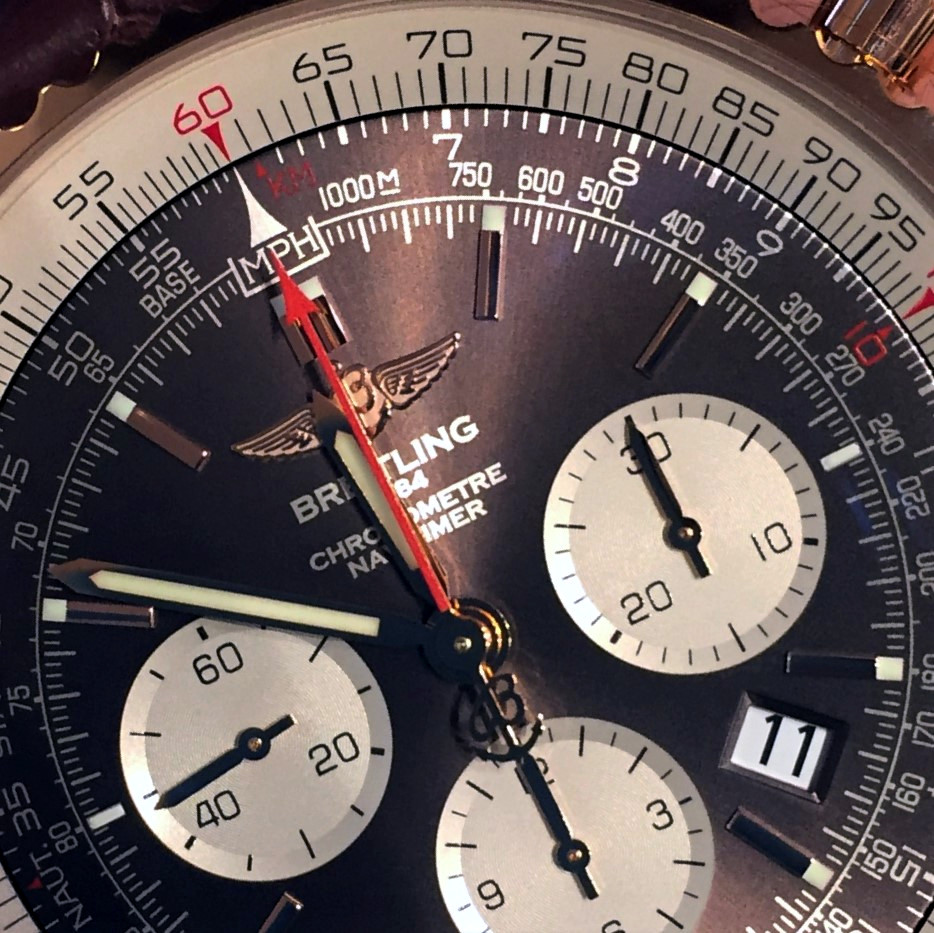
A Swiss standard of quality certification. An acronym for Controle Officiel Suisse des Chronometeres.

The control mechanism often found at the 3 o’clock position to set the time and date. Some timepieces have multiple crowns, depending on the complications present.

d
A complication to indicate whether the time display is am or pm. This can be a single small dial with one hand rotation every 24 hours, or a sun-moon indication.
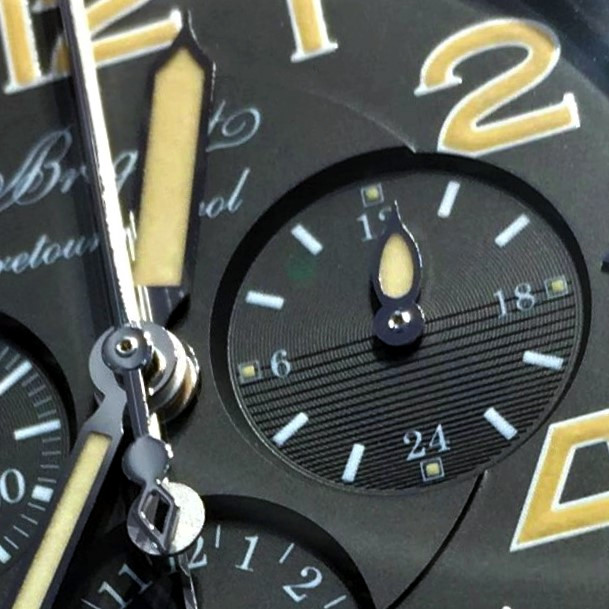
The face of a timepiece.
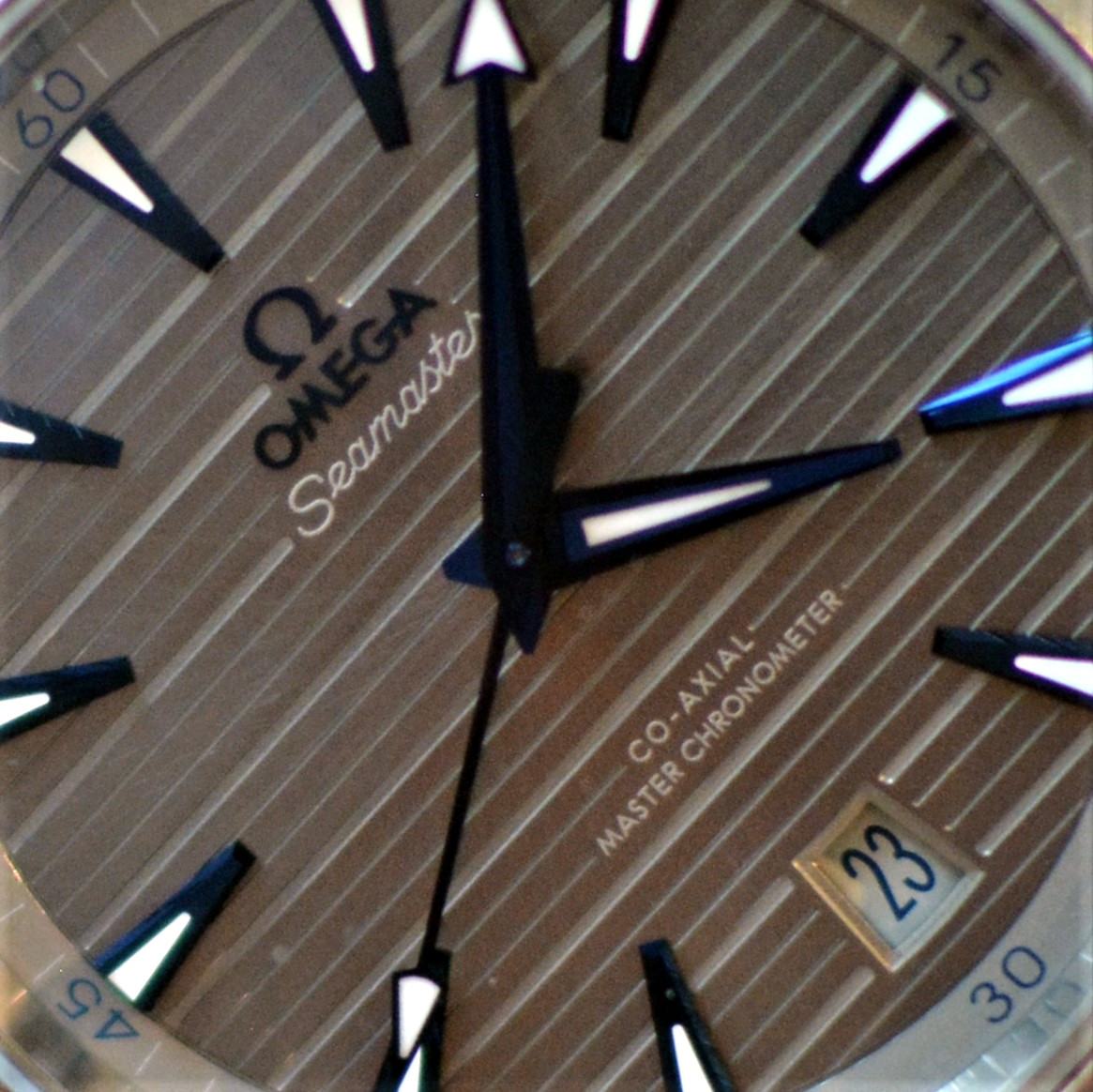
A dress watch is an elegantly designed timepiece with a restrained and classy aesthetic, suitable for a black-tie event.

A dual, or multiple time-zone timepiece allows simultaneous display of the time in different time-zones. See also ‘GMT / GMT Hand’.
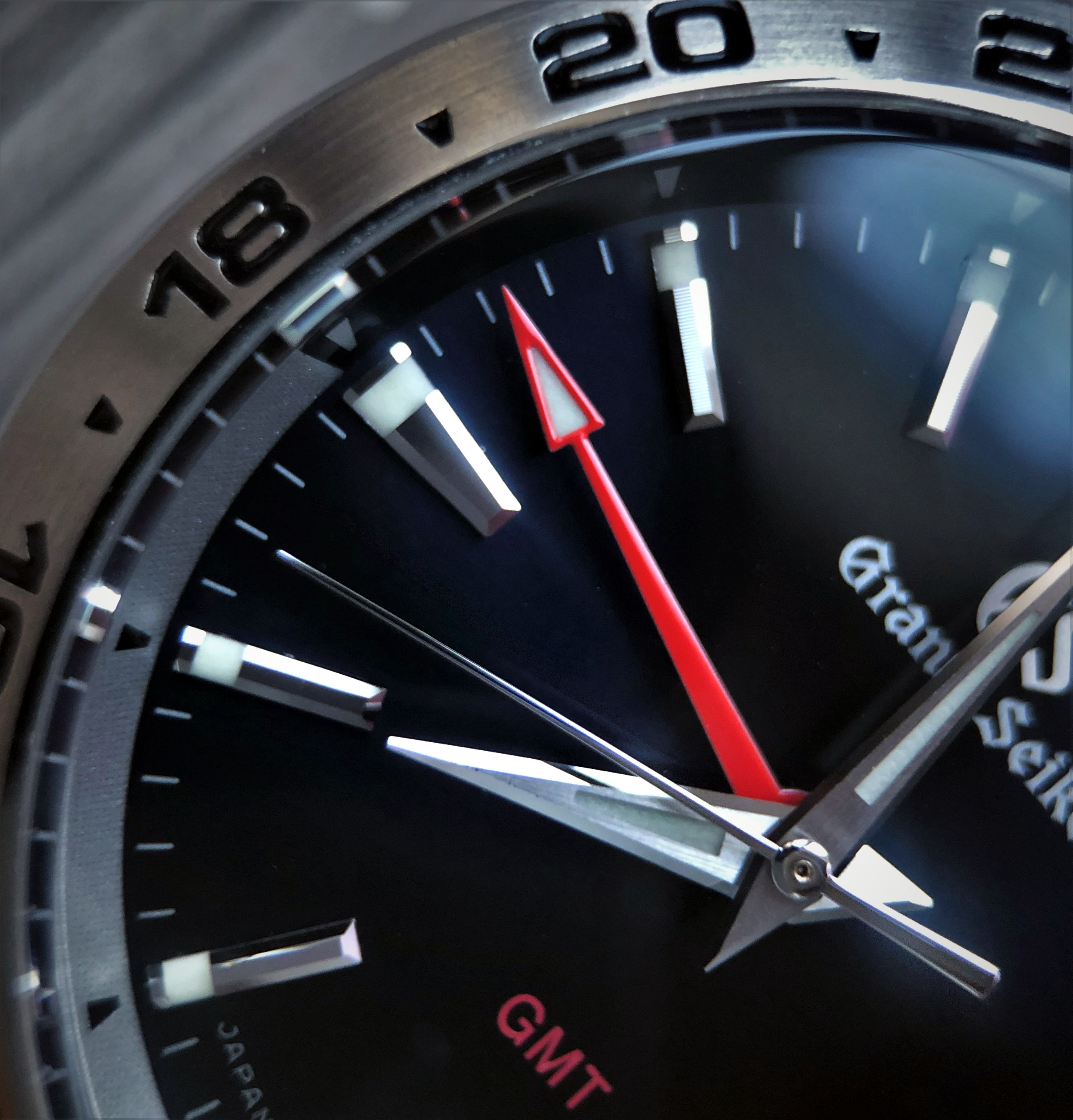
e
Enamel is an art where transparent glass is turned to different colours by use of different metal oxides. When heated to around 800°C, the enamel will melt and fuse with the base below.
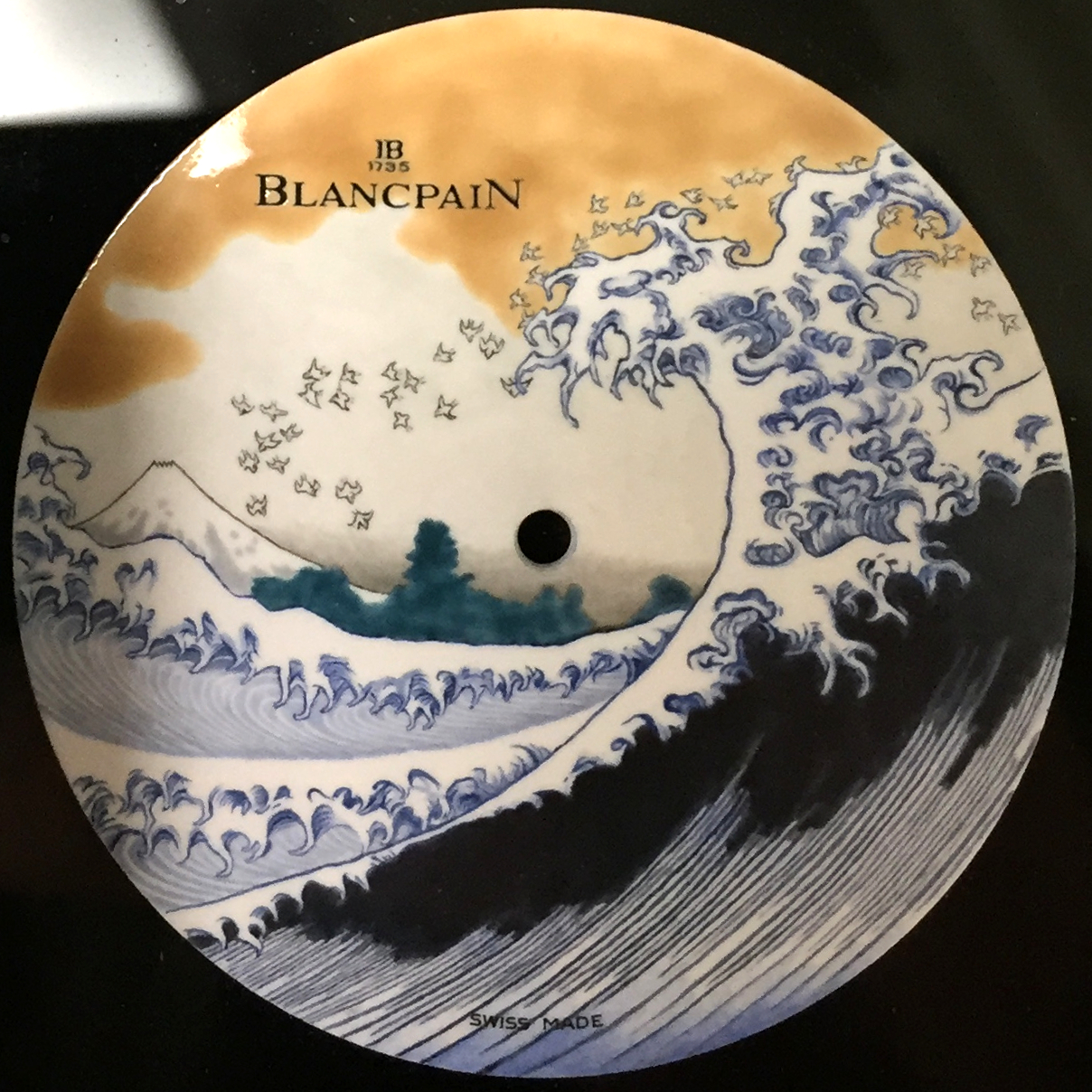
A complication on a timepiece showing the variance between “mean” and “solar” time, a variance known as ‘the Equation of Time’
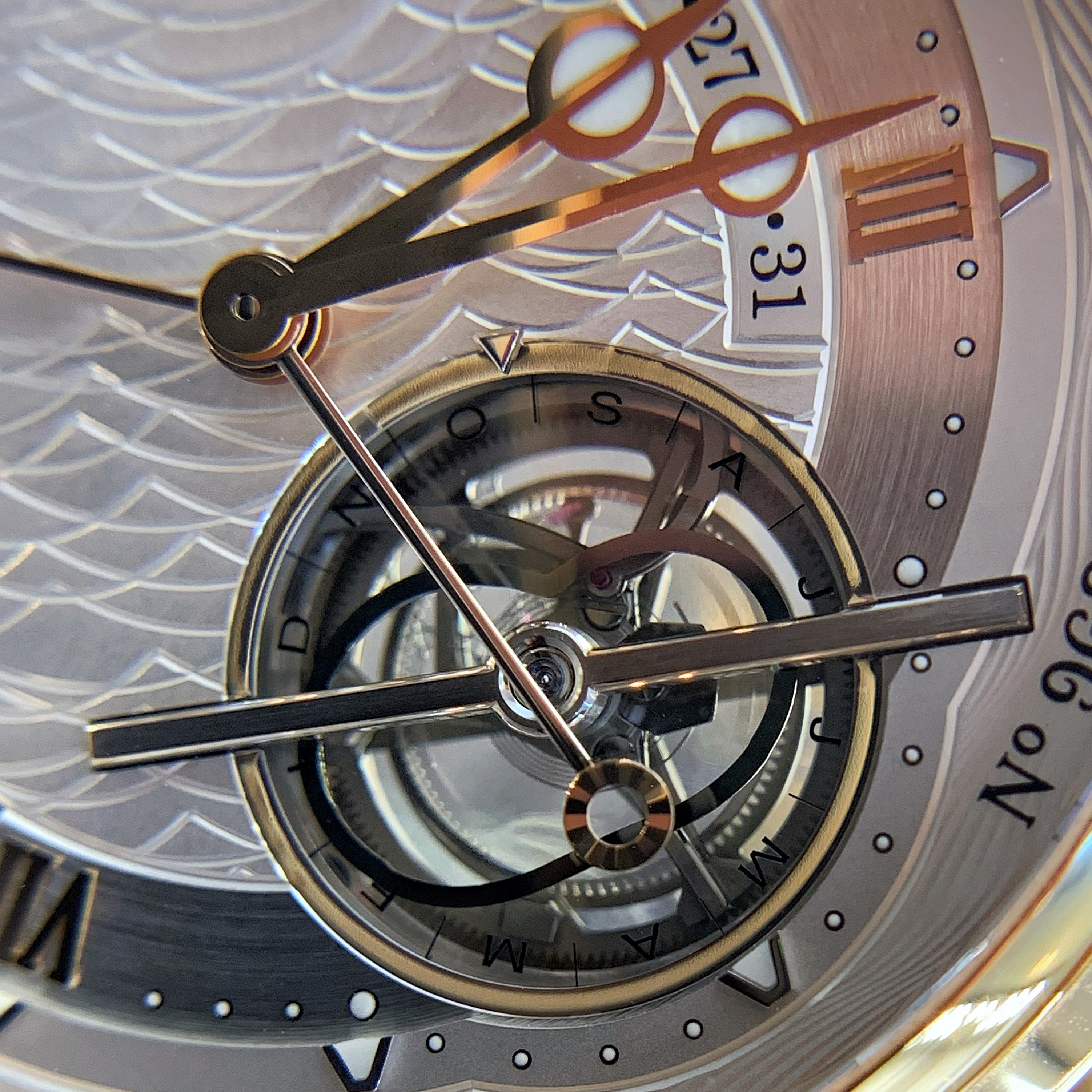
The escapement is the heart of a watch movement, regulating the release of rotational energy. The escapement’s pallet forks lock and unlock with the escapement wheel with each oscillation of the balance wheel.
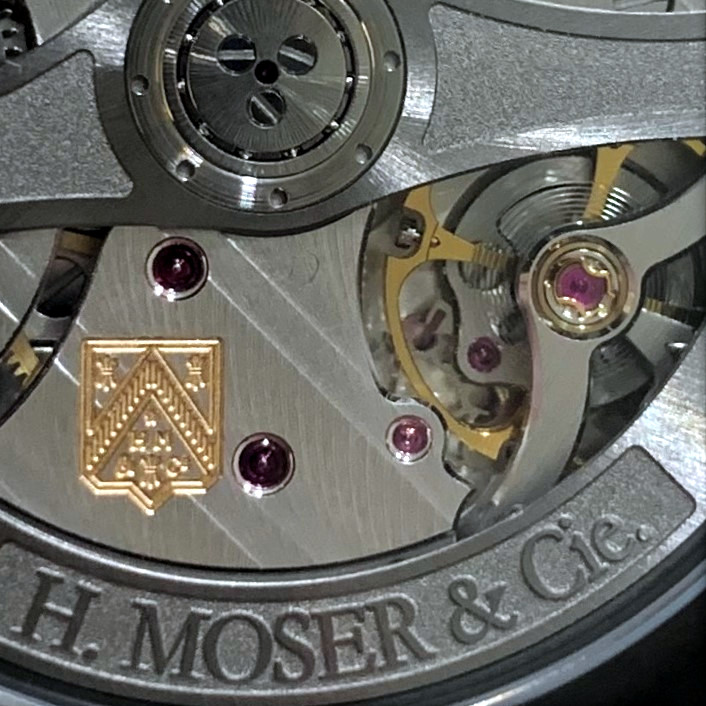
f
Fluting is a decorative design feature often found on the bezel or sides of a casing.
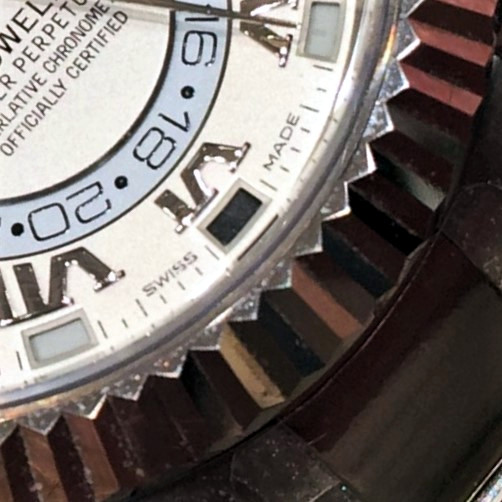
A specific type of chronograph where the ‘stop’, ‘reset’ and ‘start’ functions can performed with a single push, used for recording lap times. Also referred to as “retour en vol”.
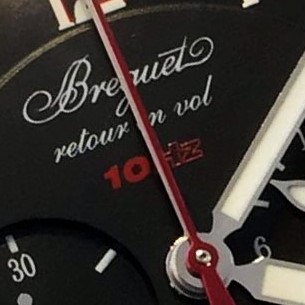
g
Geneva stripes also referred to as Côtes de Geneve or Geneva waves are a finishing technique whereby a rotating abrasive tool is applied to the flat surface of various components to create a striped effect.
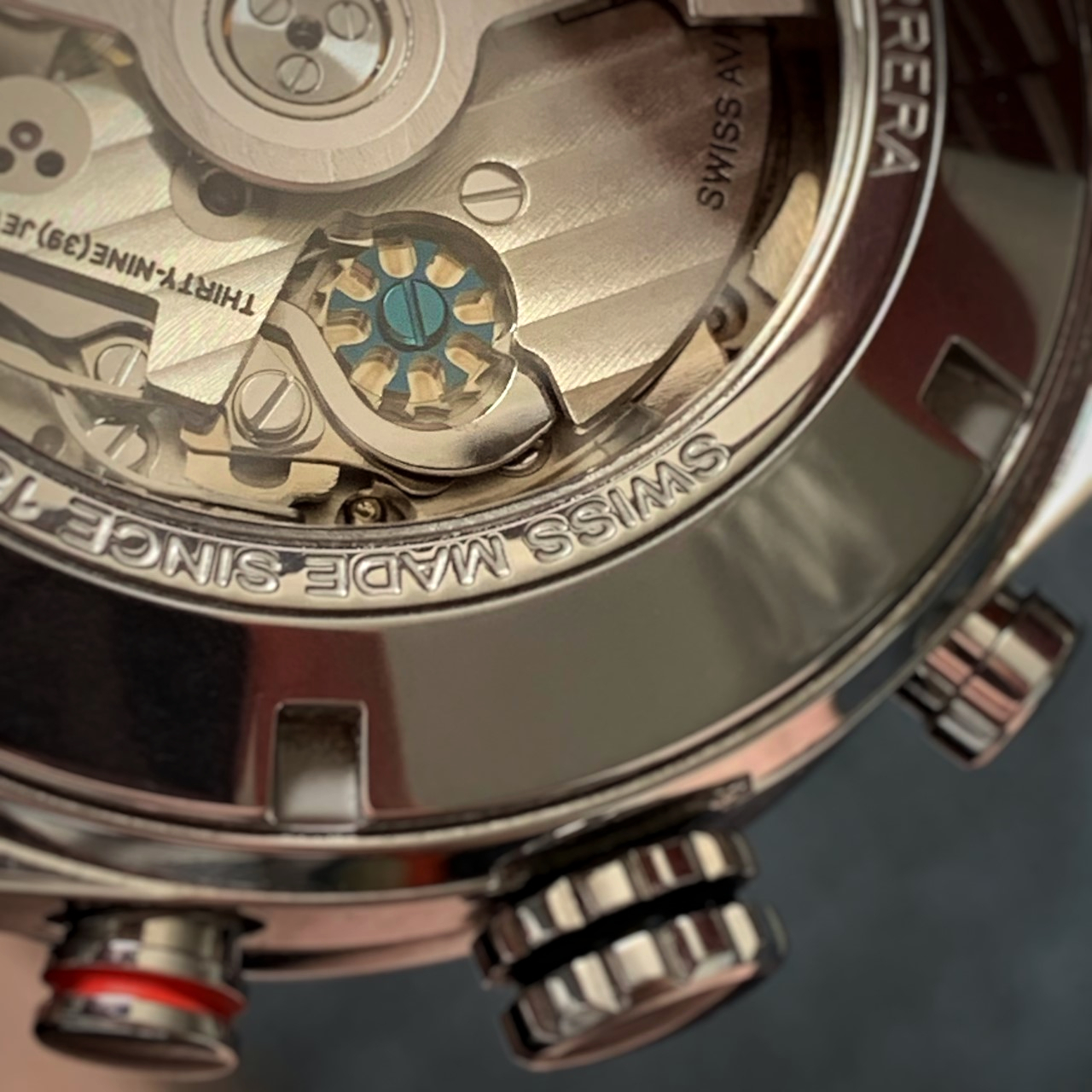
A “ghost” bezel is simply a bezel which has faded, common on vintage watches. Some people artificially age and fade bezels to achieve this effect.
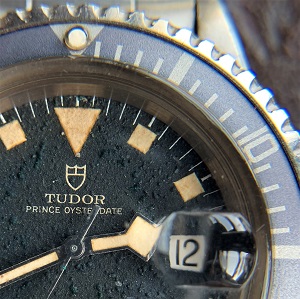
The GMT hand on a GMT watch displays the second time-zone. See also ‘Dual time-zone’.
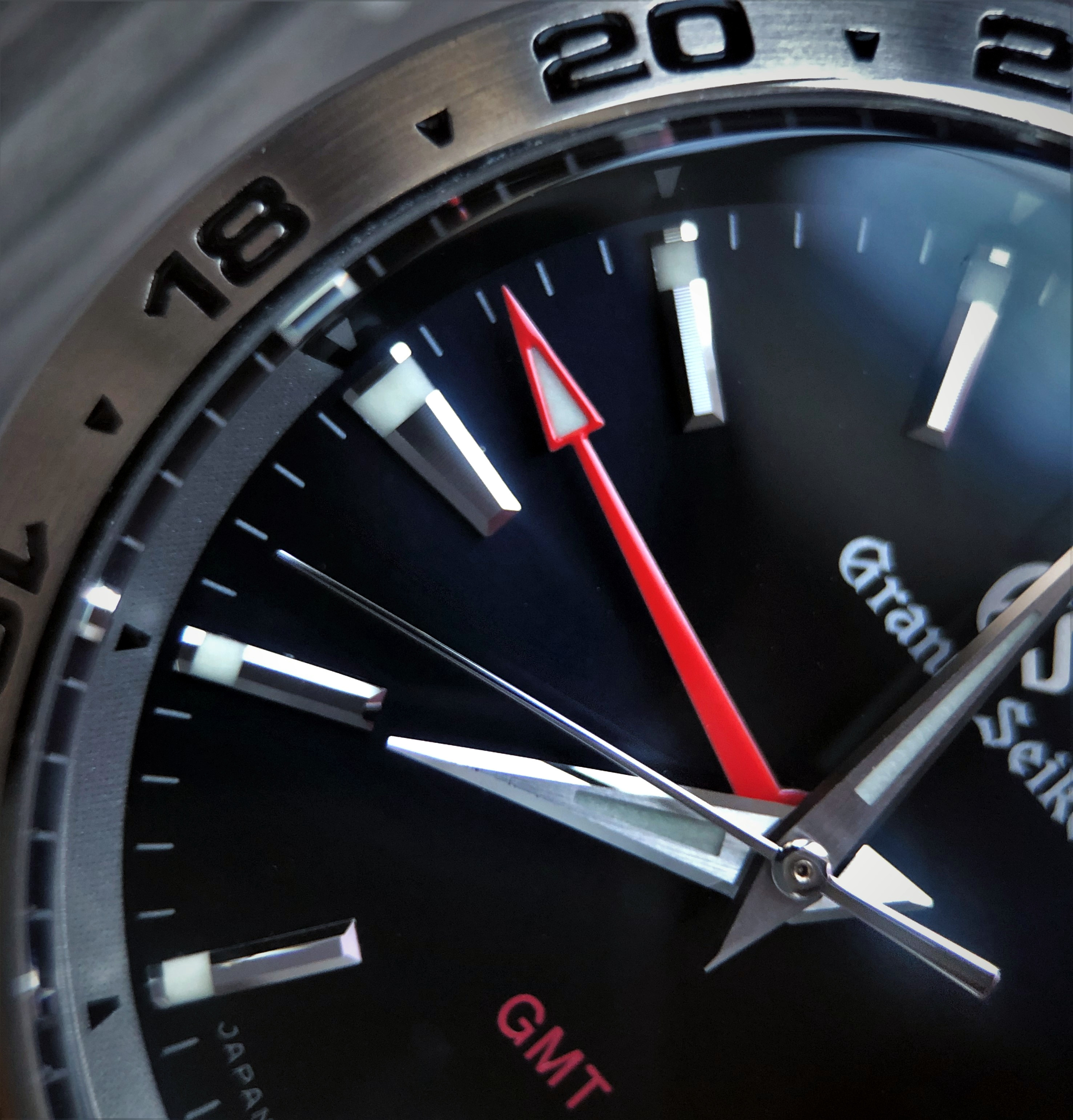
A grande sonnerie is a complication which audibly strikes every quarter hour, indicating the number of quarter hours elapsed during the respective hour.
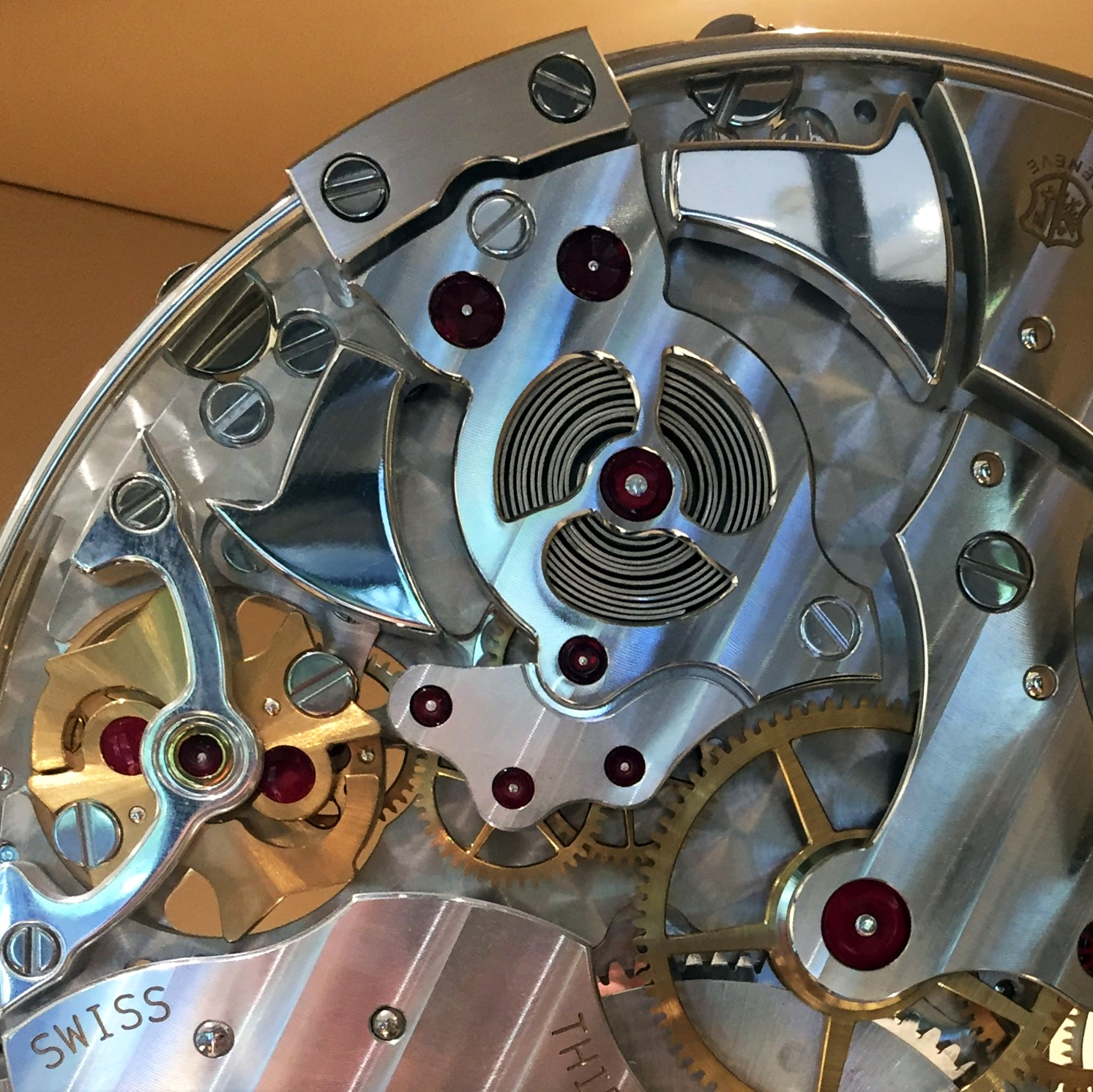
A texture or design engraved into the face of a timepiece, depending on the manufacturer, this can be completed by hand.
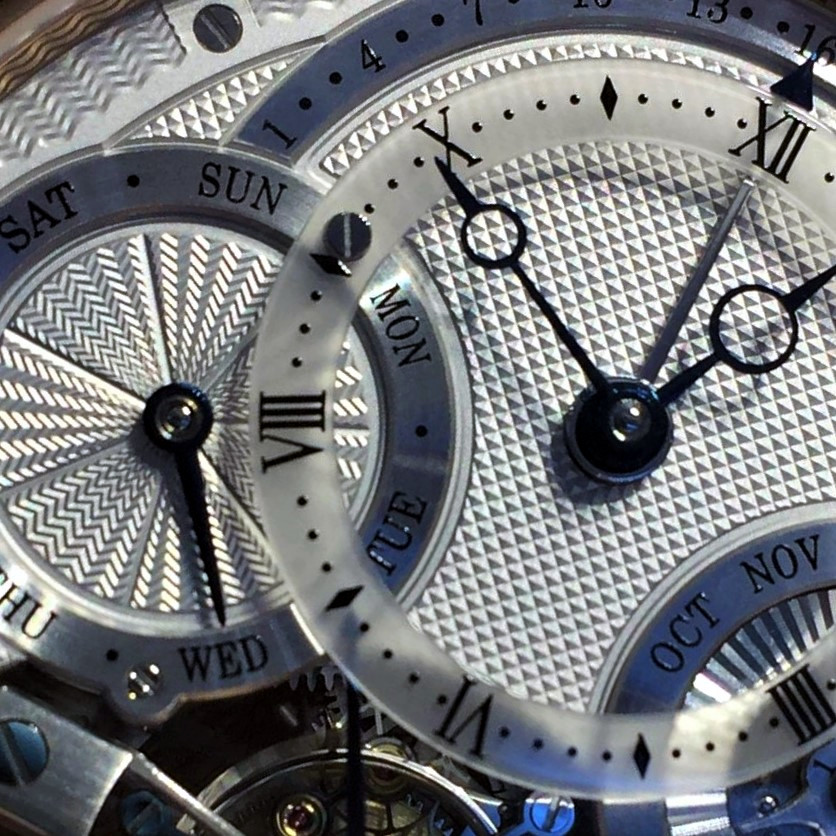
h
A timepiece with a calibre which is hand-wound does not require a battery, however it does require the wearer to wind it manually to work. A hand wound watch is the same as a manual-wind watch, and does not have a rotor.

A feature for diving watches where a valve is implemented facilitating the escape of helium molecules from a timepiece case, such that it does not break on the diver’s ascent.
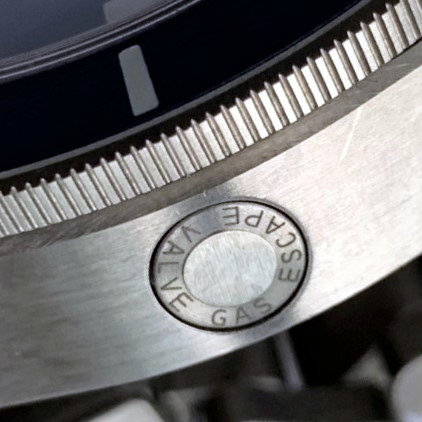
The field of time and timepieces.
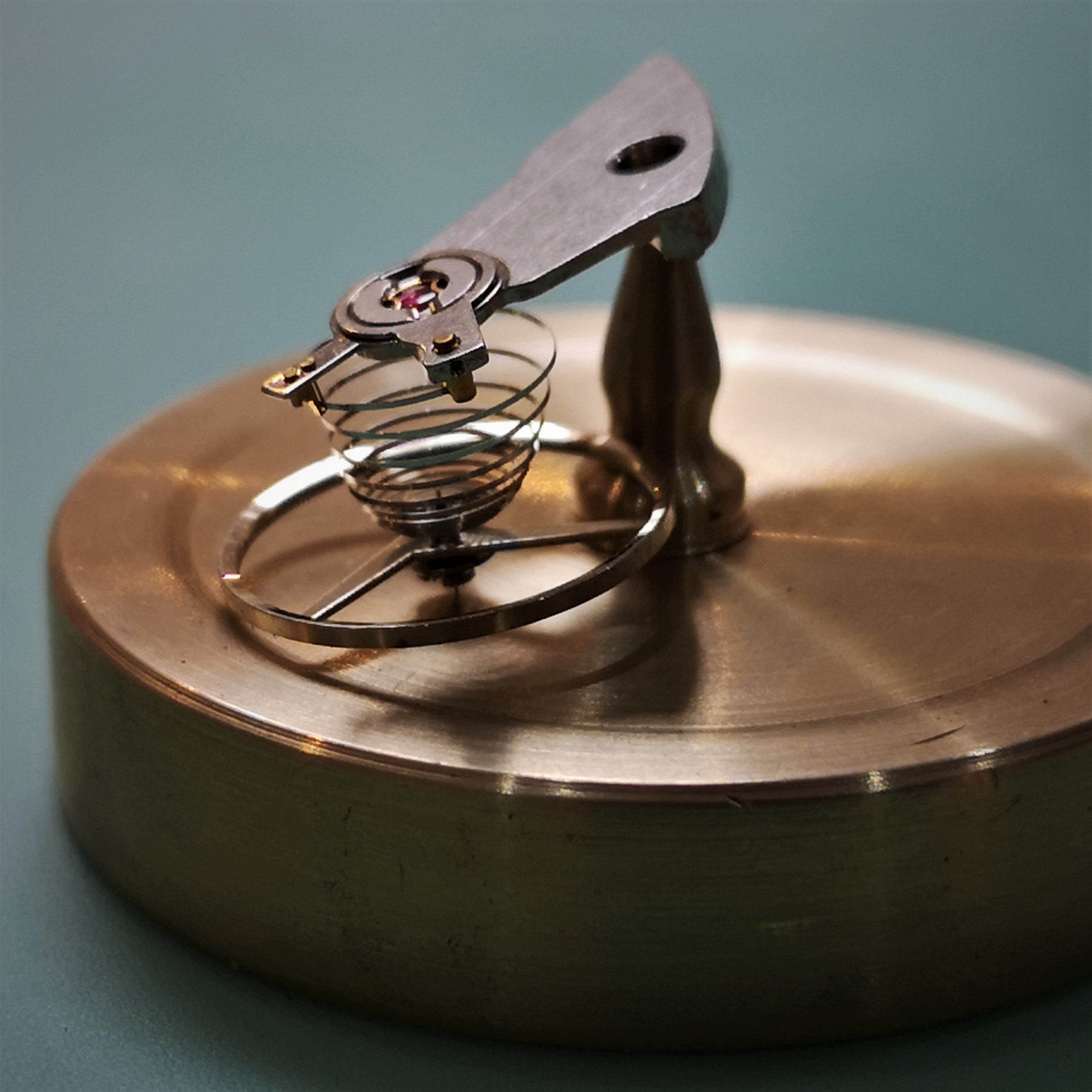
j
A timepiece bearing often made of ruby or sapphire.

Jumping hour (or minute) complications use a numeral in an aperture to display the time. This will advance, or jump, as required as a minute or hour changes.
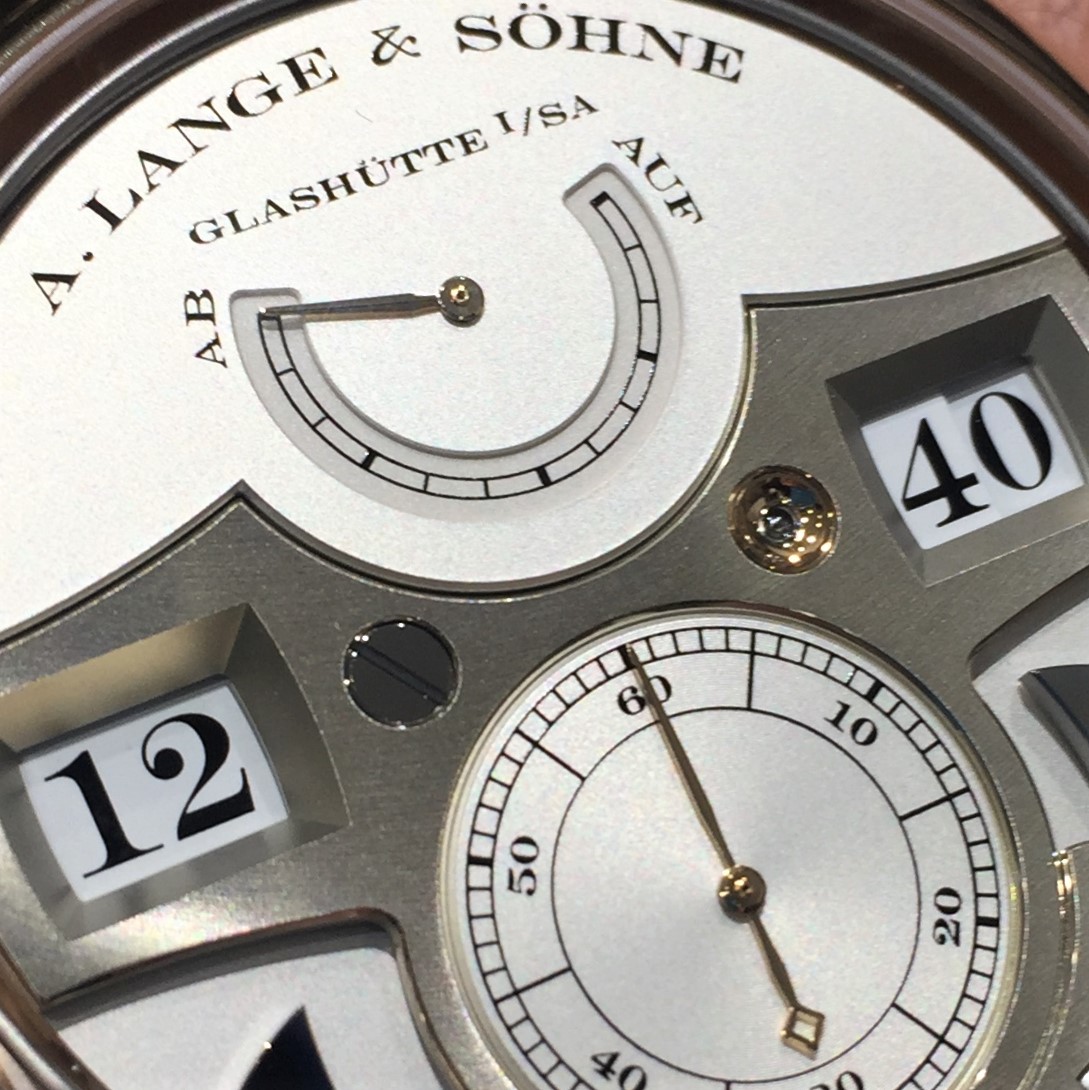
l
The points on a timepiece case to which the bracelet is attached.
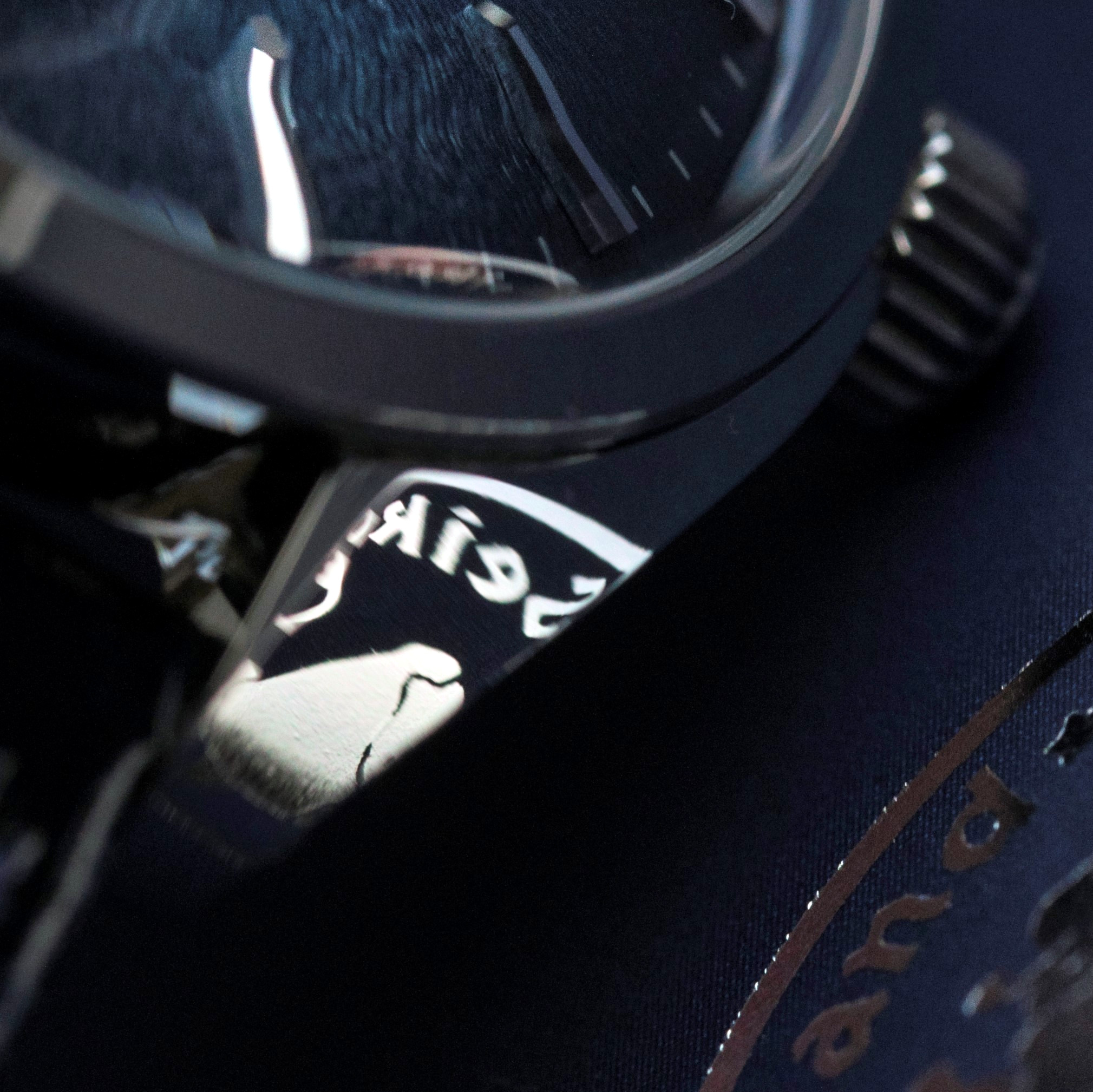
Lume refers to the luminescent material used on watch dials, commonly Super–LumiNova®, which illuminates to make the watch readable in dark environments.
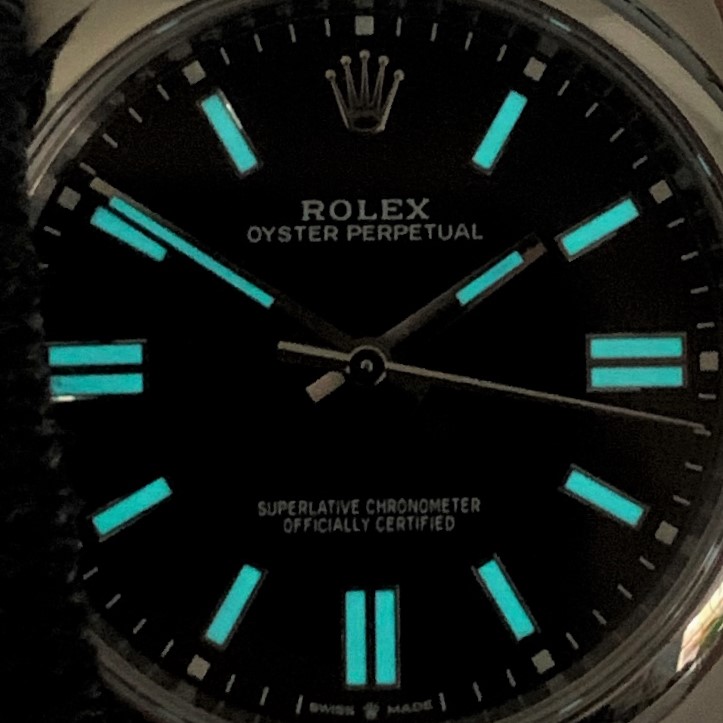
m
This spring is wound to store energy which is subsequently used to power a mechanical watch. This can be wound automatically or manually depending on the calibre.
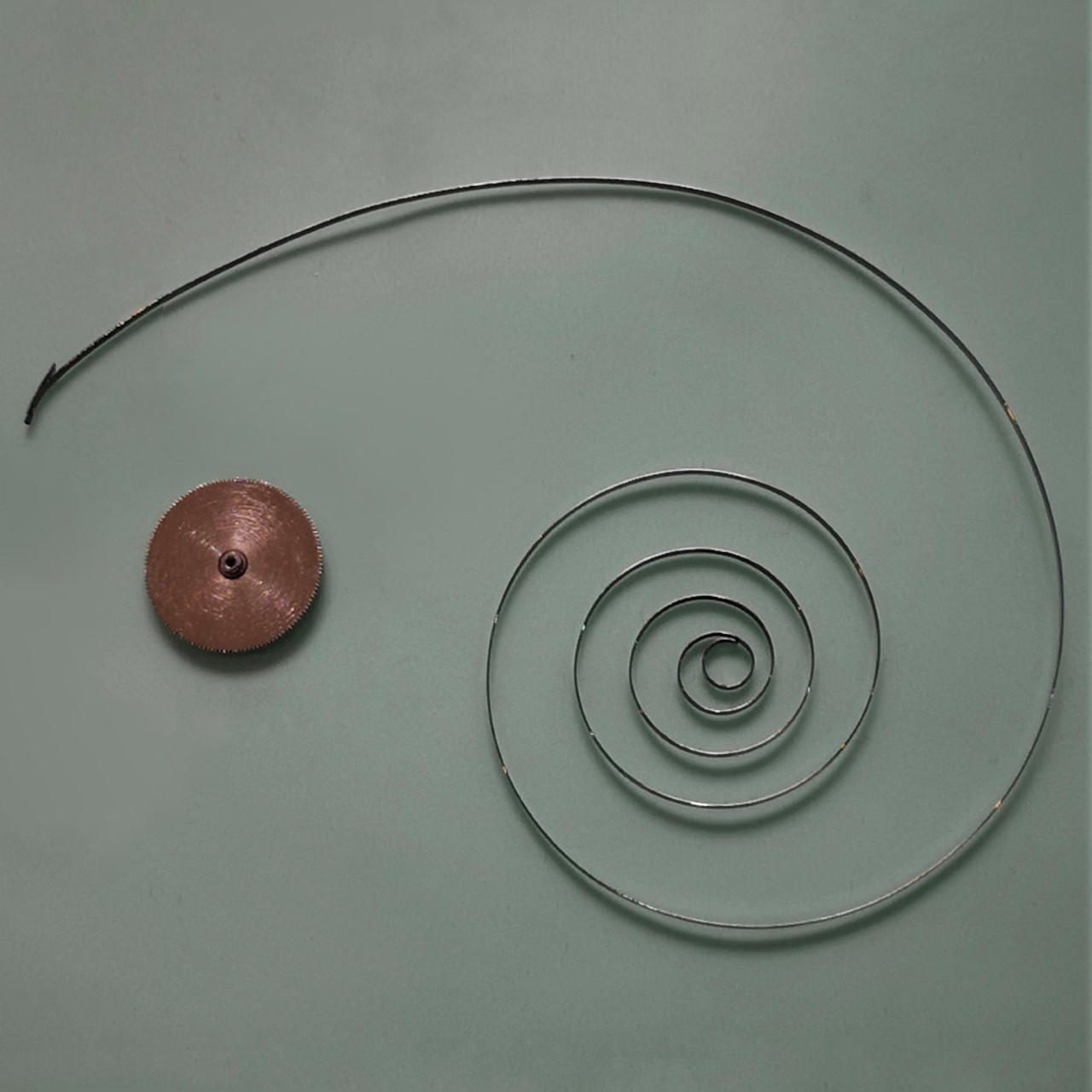
A timepiece with a calibre which is manual does not require a battery, however it does require the wearer to wind it manually to work. A manual-wind timepiece does not have a rotor.
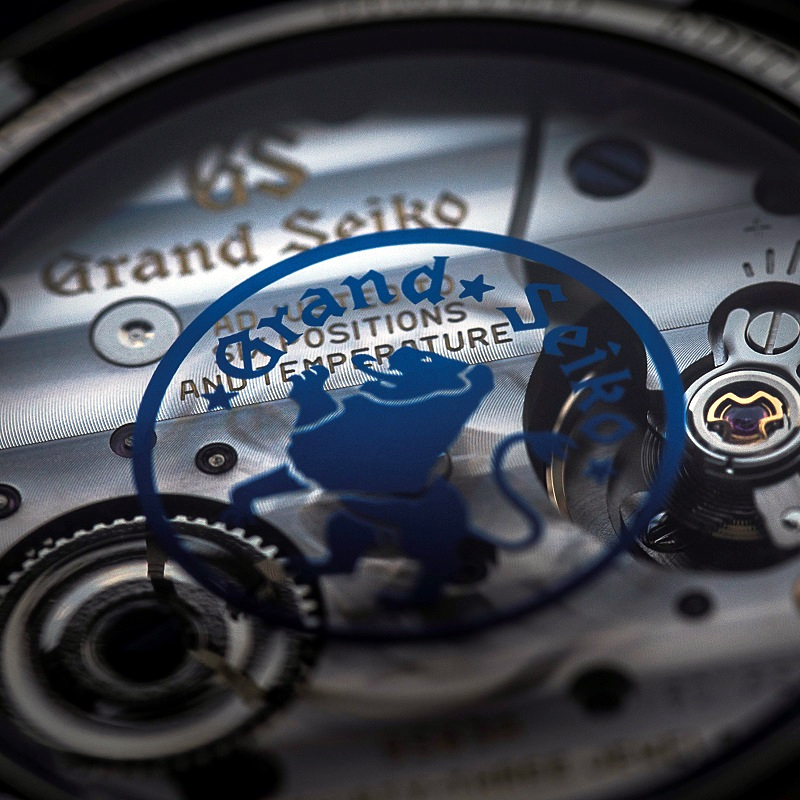
A manufacture is the term used for a watchmaking company which makes every part of their timepieces in-house.

Markers are indications on the dial for each hour point. These can be batons, circles, lines, diamonds, or others depending on the design of the timepiece.

A timepiece with a calibre which is mechanical does not require a battery. Mechanical watches can be either manual/hand-wound or automatic.

A complication where at a specific time, the timepiece will sound an alarm to indicate the time is that set.
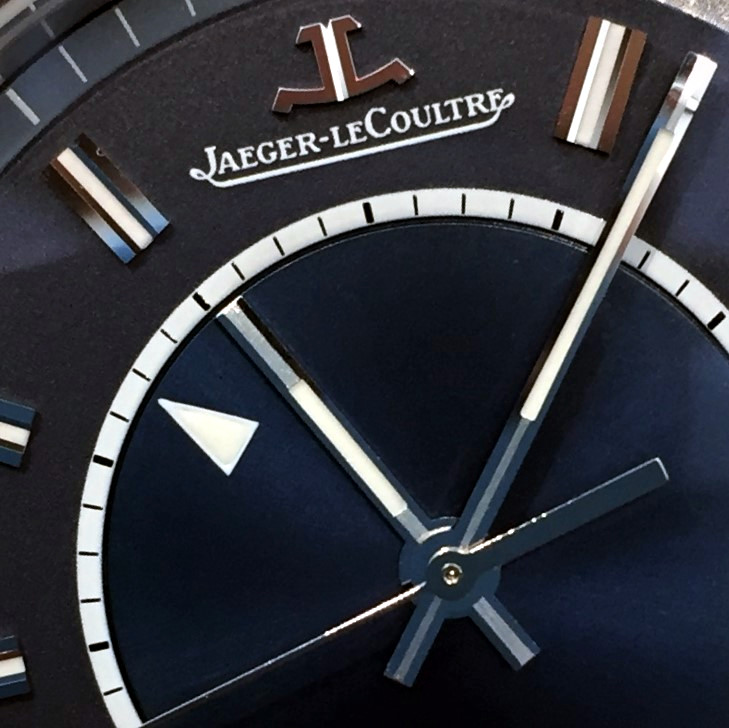
A minute repeater audibly chimes the time, activated by a slider on the side of the case. Hours are chimed 1-12, then quarter hours 1-3 (15, 30 or 45 minutes), and then minutes past the quarter. A time of 3:22 would be chimed as 3-1-7.

Mirror polish is when a component is polished perfectly flat with no imperfections. This causes light to reflect in a single direction, creating a mirror effect. When it appears black, this is also referred to as ‘black polish’.

A moon phase indication displays the current phase of the moon.
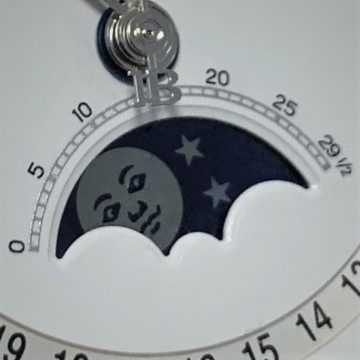
A smooth, shining material incorporated onto the dials of some timepieces, commonly found in the shells of molluscs such as Oysters.
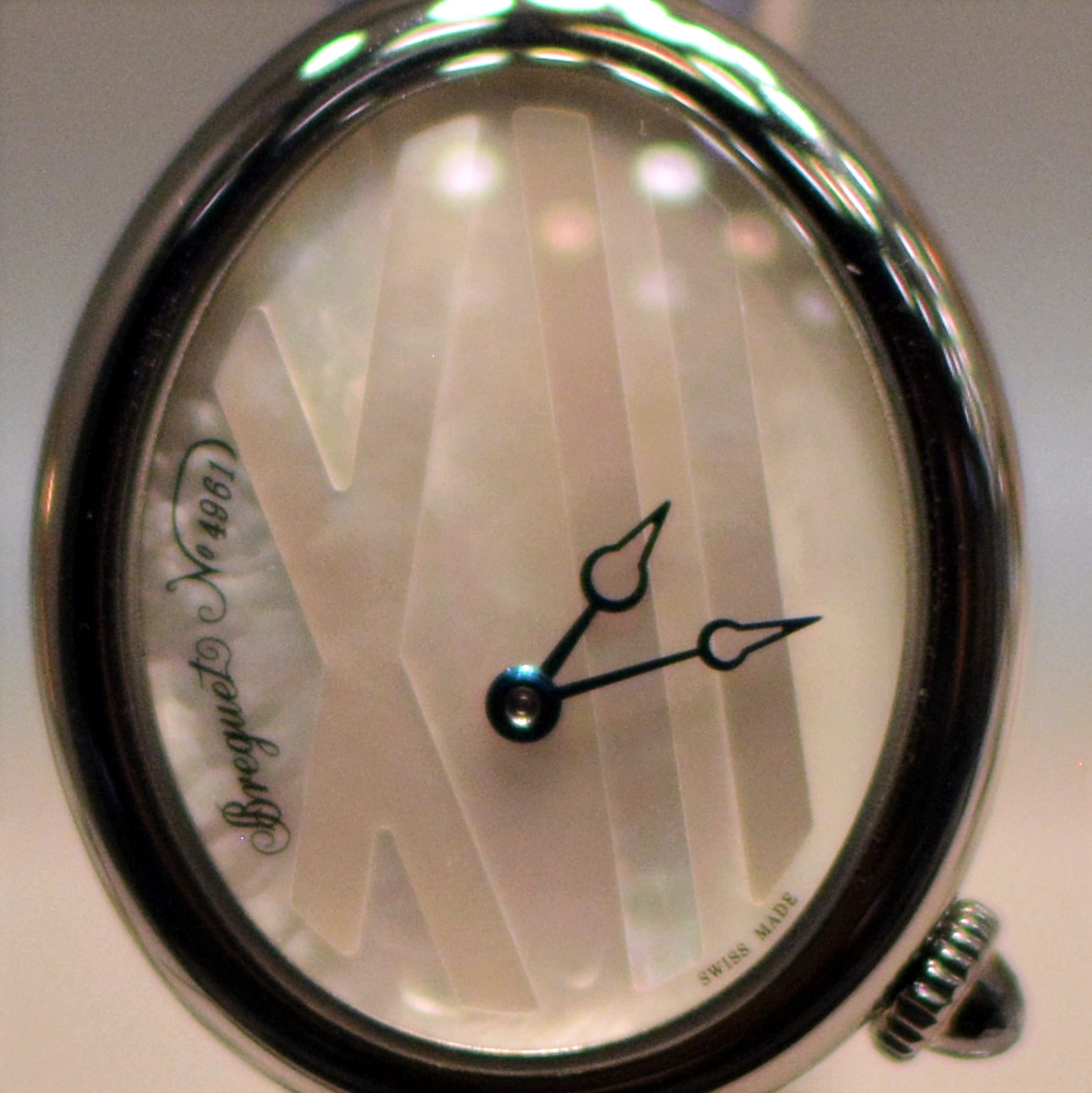
The horological term for a watch movement, these can be mechanical or quartz.

o
A timepiece dial where either part or all of the inner workings of the timepiece or visible from the front.
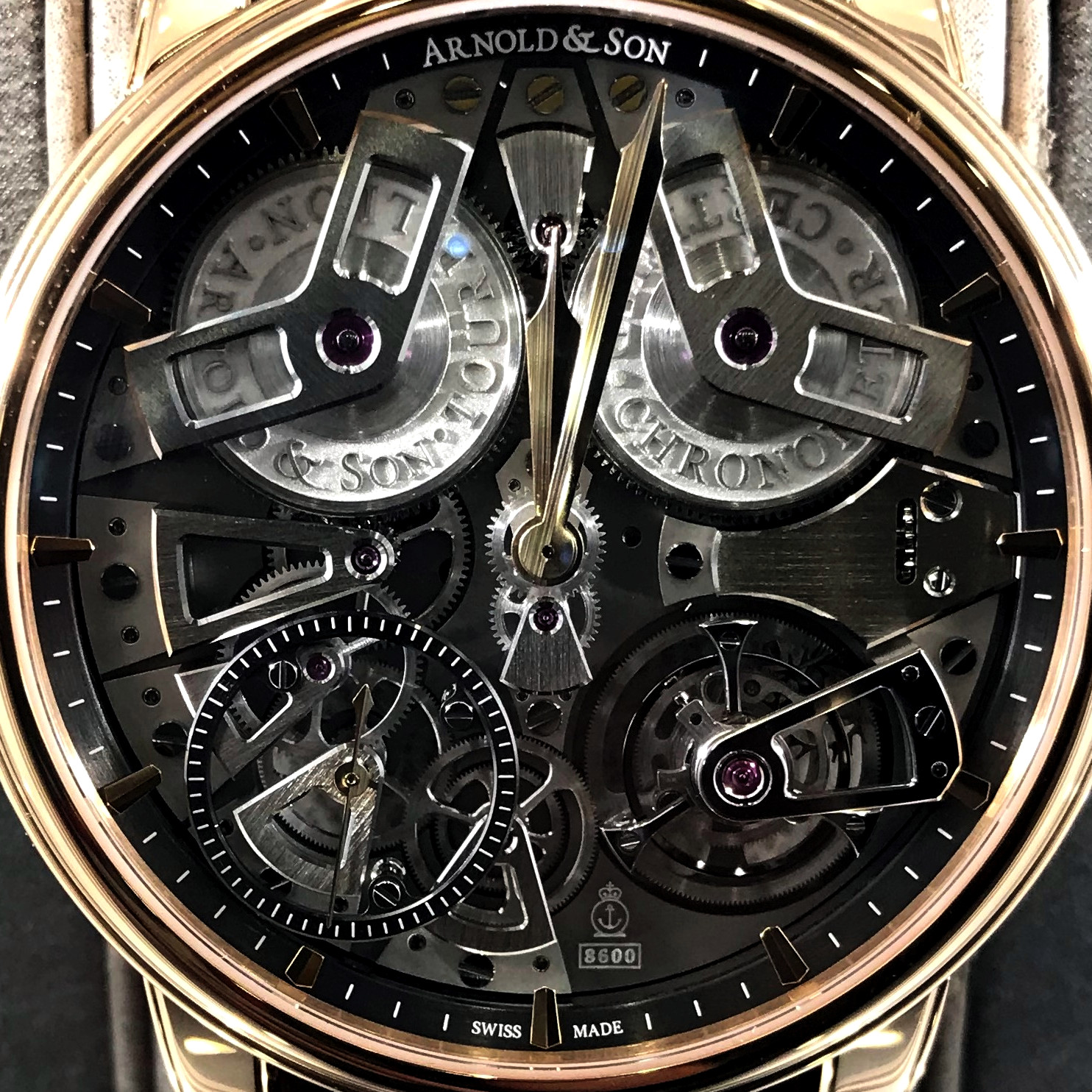
p
Commonly found on bronze watches, when metal reacts with water and gases in the air, it develops a distinct pattern as it ages known as patina.
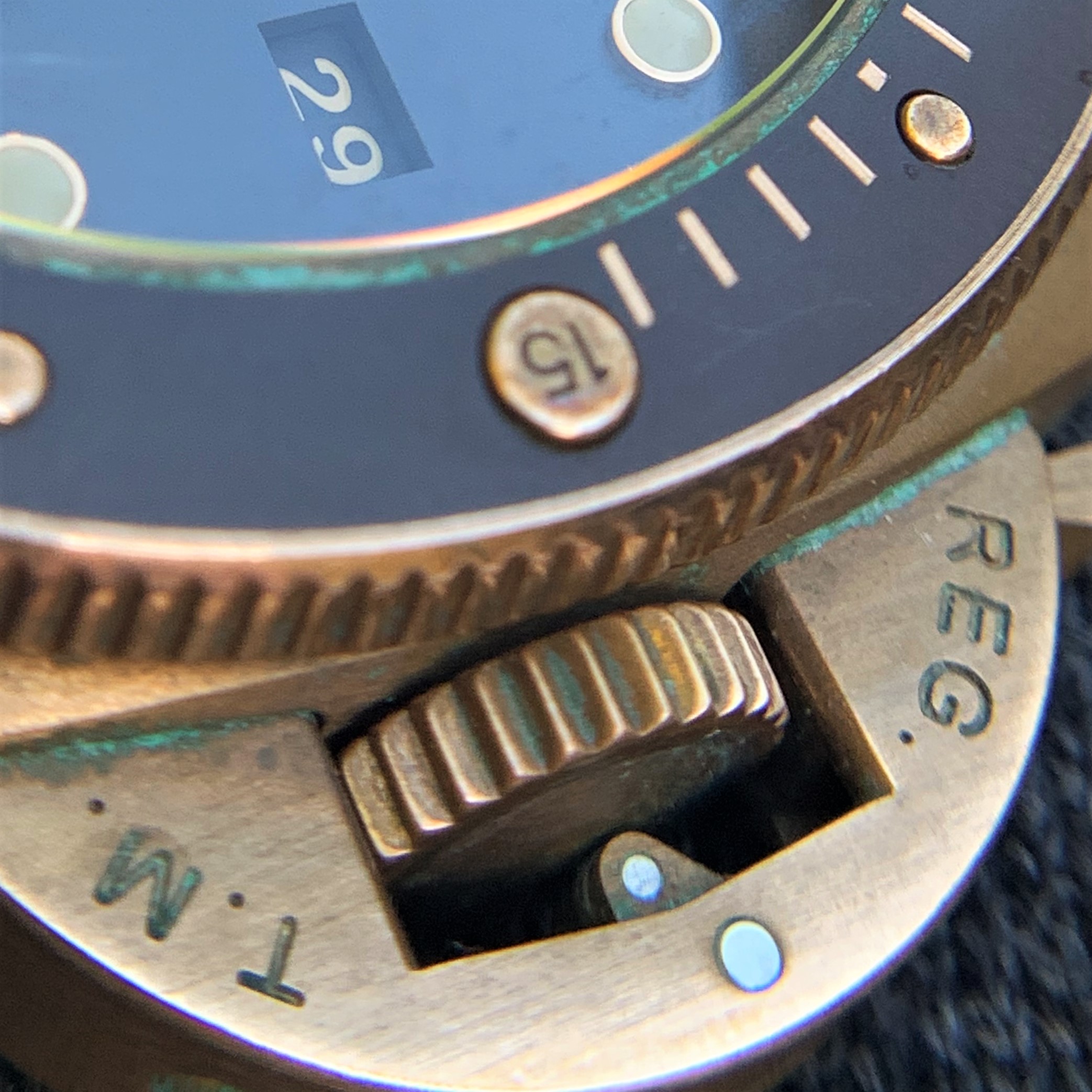
Perlage is a finishing technique whereby a small circular graining pattern is applied to surfaces such as mainplates, plates or bridges. This process requires a tool to apply the perlage pattern by hand, one ‘circle’ at a time.
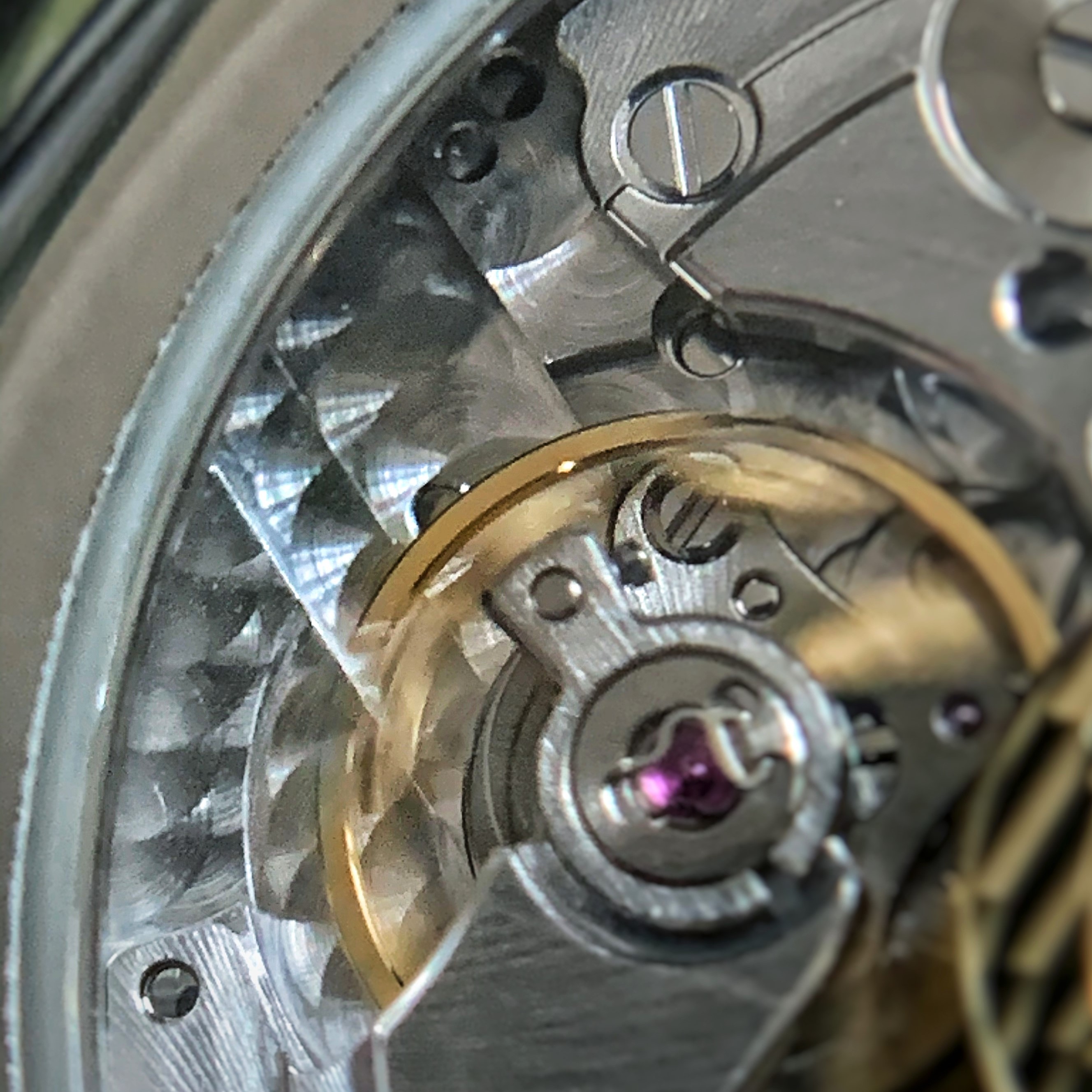
A Perpetual Calendar complication displays the day, date and month with no need for manual adjustment, including leap years, until a leap year is skipped – the next instance of this is the year 2100.
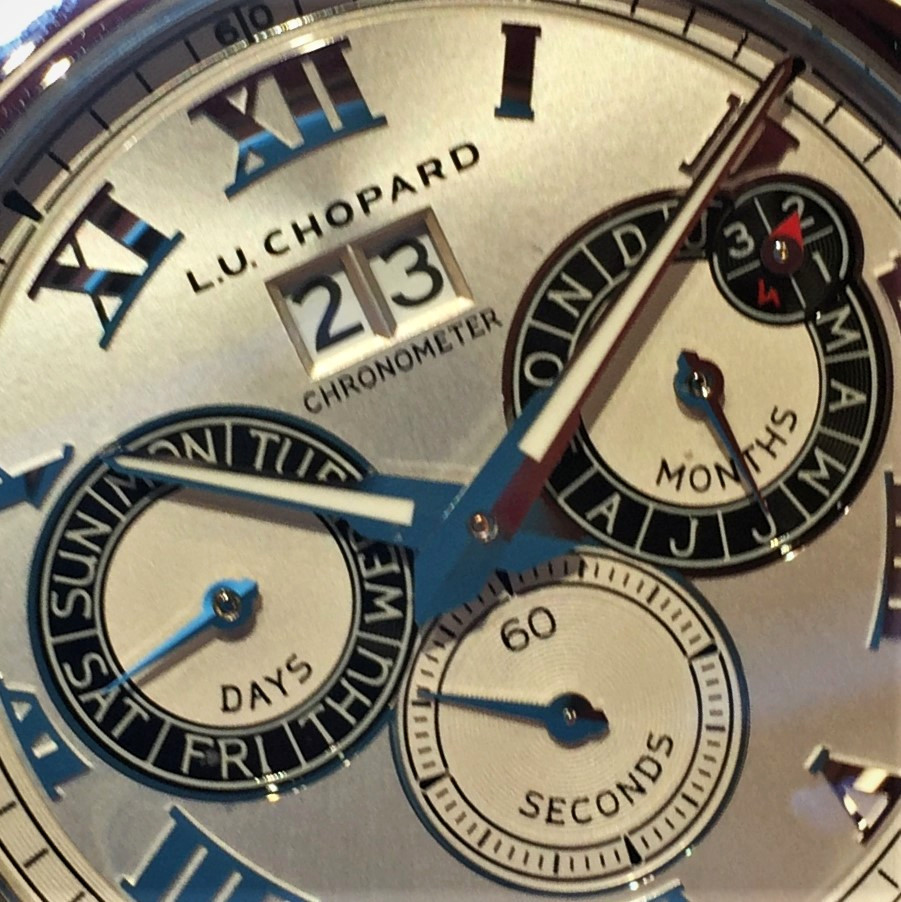
A pilot’s watch is designed for use in the cockpit by aviators, with corresponding design traits.
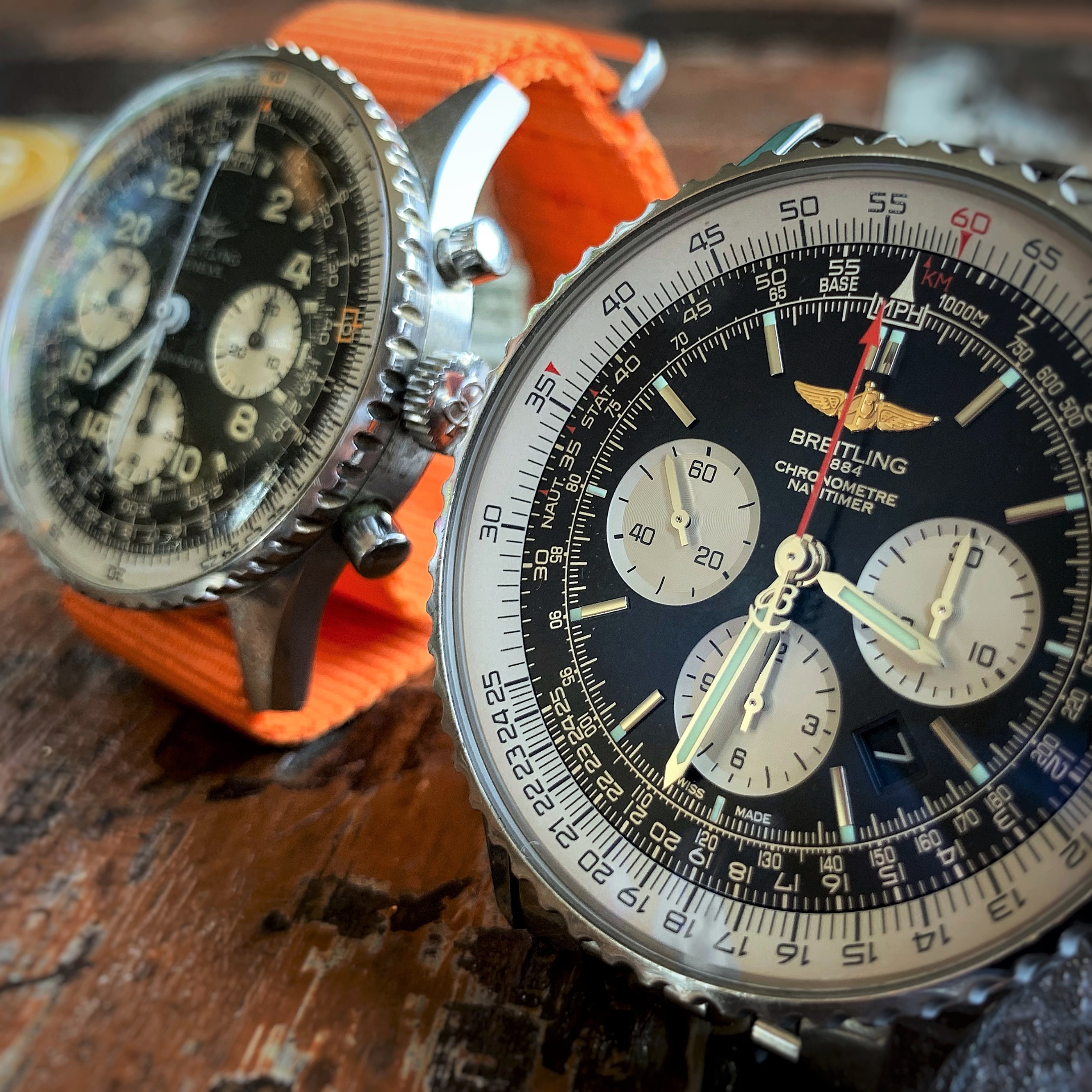
The Poinçon de Genève is a certificate awarded to timepieces with impeccable finishing and detail, an independent Swiss certification guaranteeing the horological excellence of a timepiece. The seal will be displayed on certified timepieces.
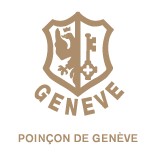
A complication on mechanical watches that indicates whether the calibre requires winding.
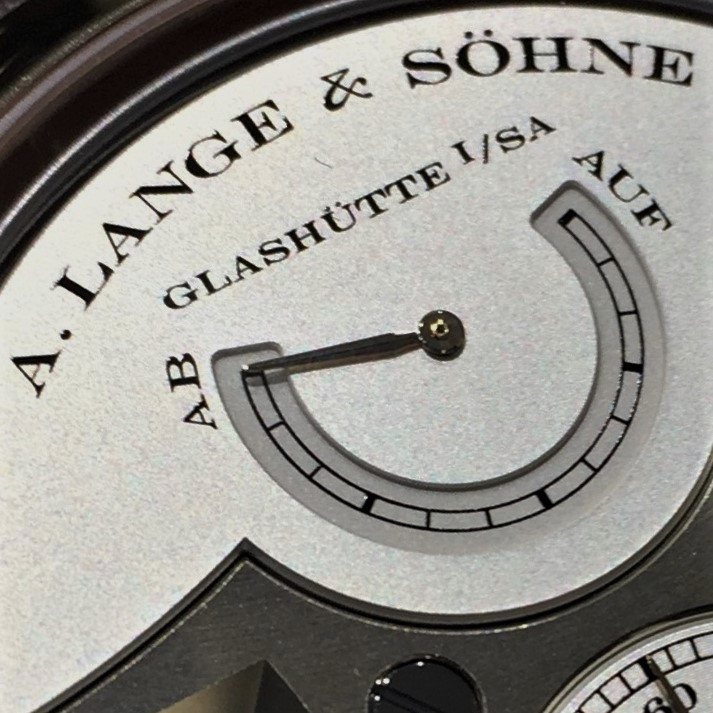
The button on the side of a timepiece to control a chronograph.
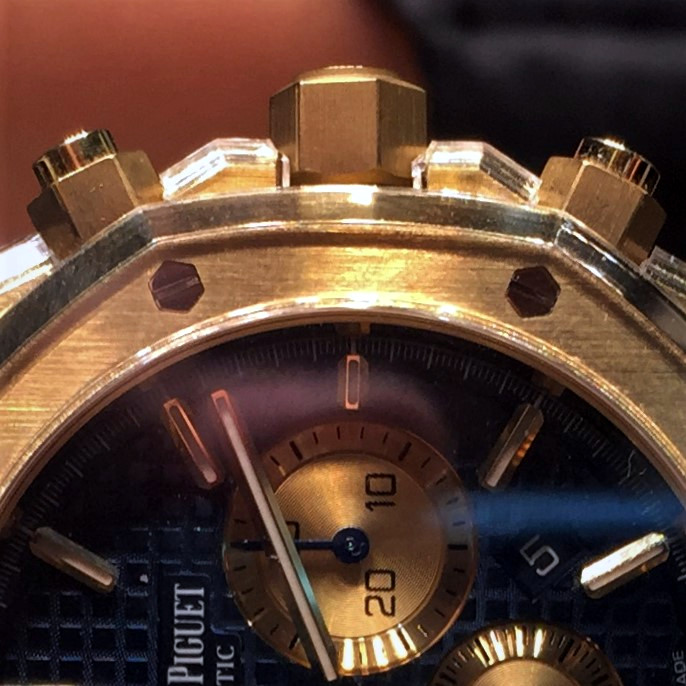
q
A timepiece with a calibre which is battery powered and does not require any manual or automatic winding.
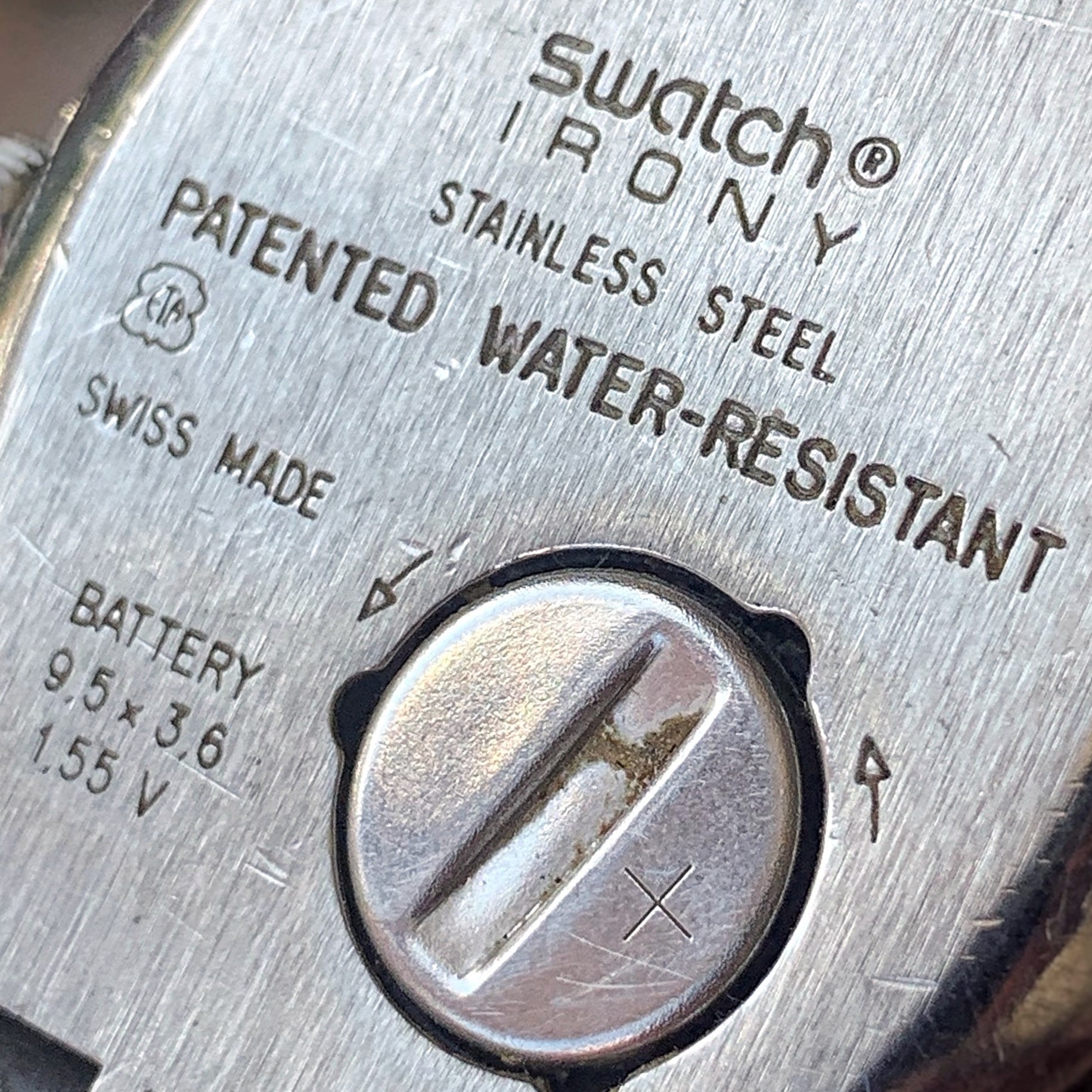
In the 1970s and 1980s, the invention of cheaper quartz timepieces had a huge detrimental effect on mechanical watchmaking. This period is known as the quartz crisis.

r
A retrograde complication is one which, rather than completing a complete circle like a traditional hour or minute hand, completes an arc before returning to the start.
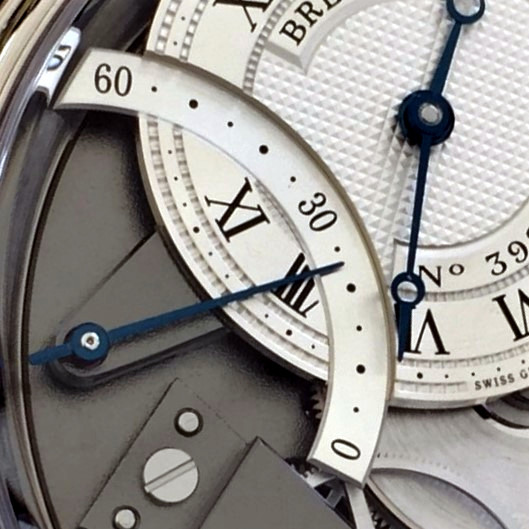
Numbers displayed in Roman convention e.g. I, II, III, IIII*, V, VI, VII, VIII, IX, X, XI, XII.
*Note the use of “the watchmakers’ four”, using ‘IIII’ instead of the traditional ‘IV’ – this provides better aesthetic balance to the dial.
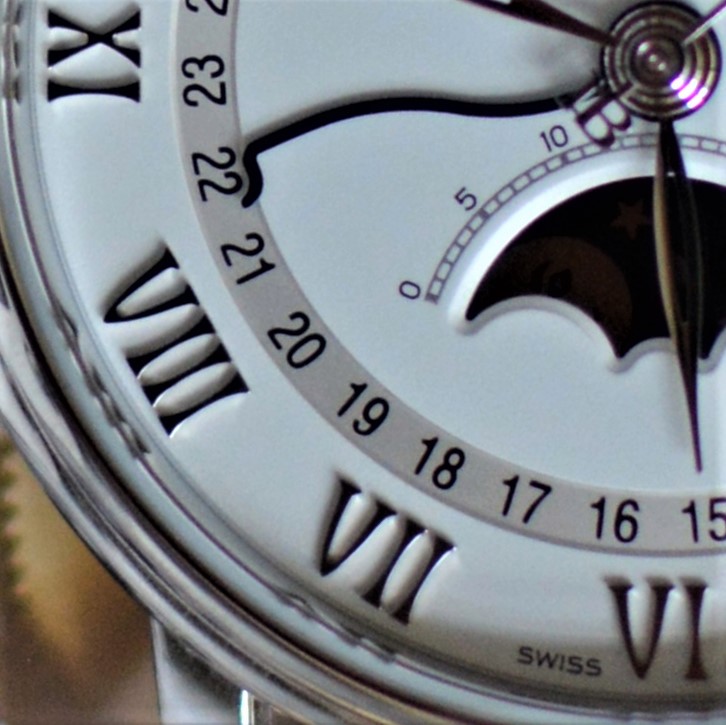
The weight within an automatic calibre which rotates with the wearer’s movement, winding the mainspring.
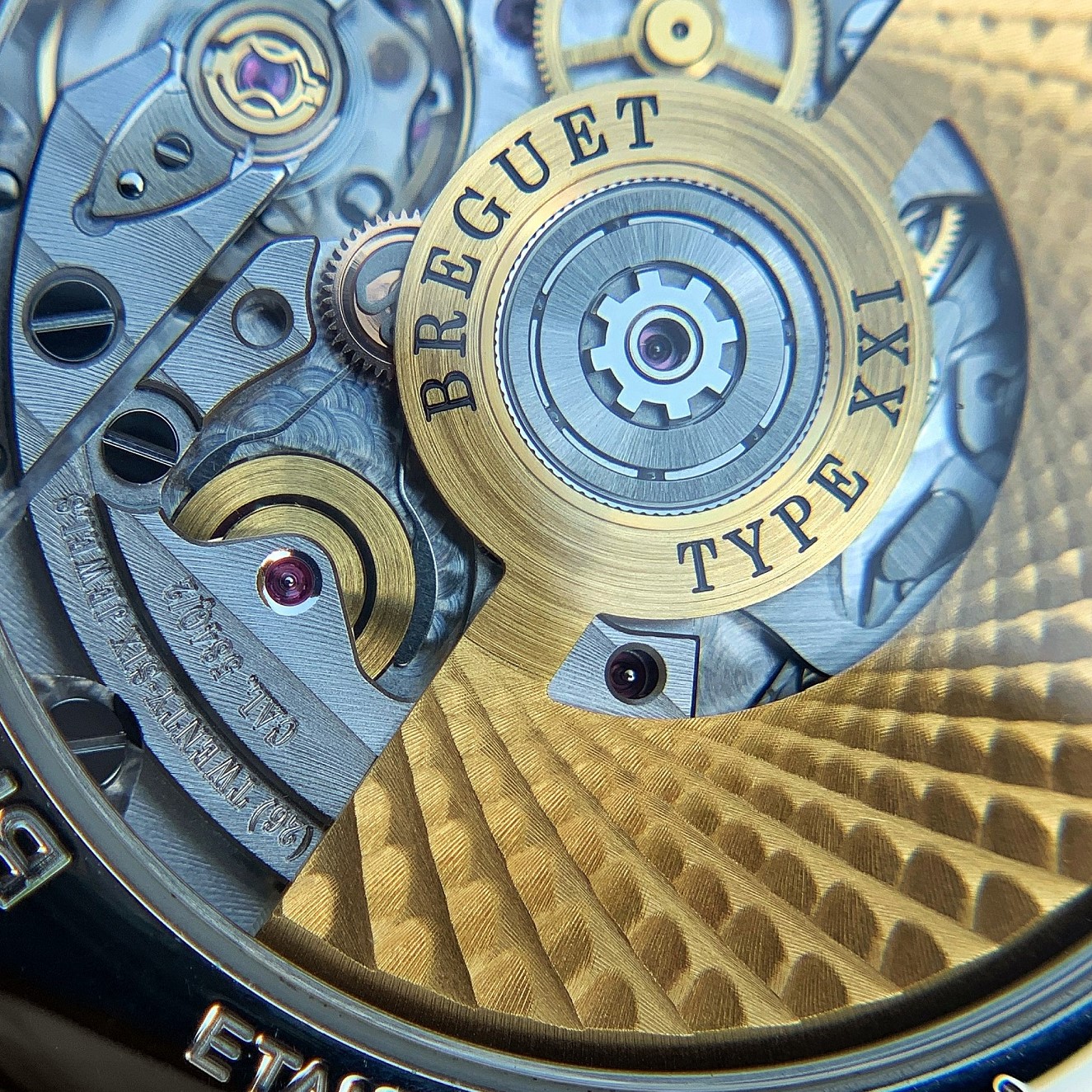
s
A sandwich dial is where two separate dial layers are pressed together, where the upper layer has detail cut out, adding an aesthetic depth.
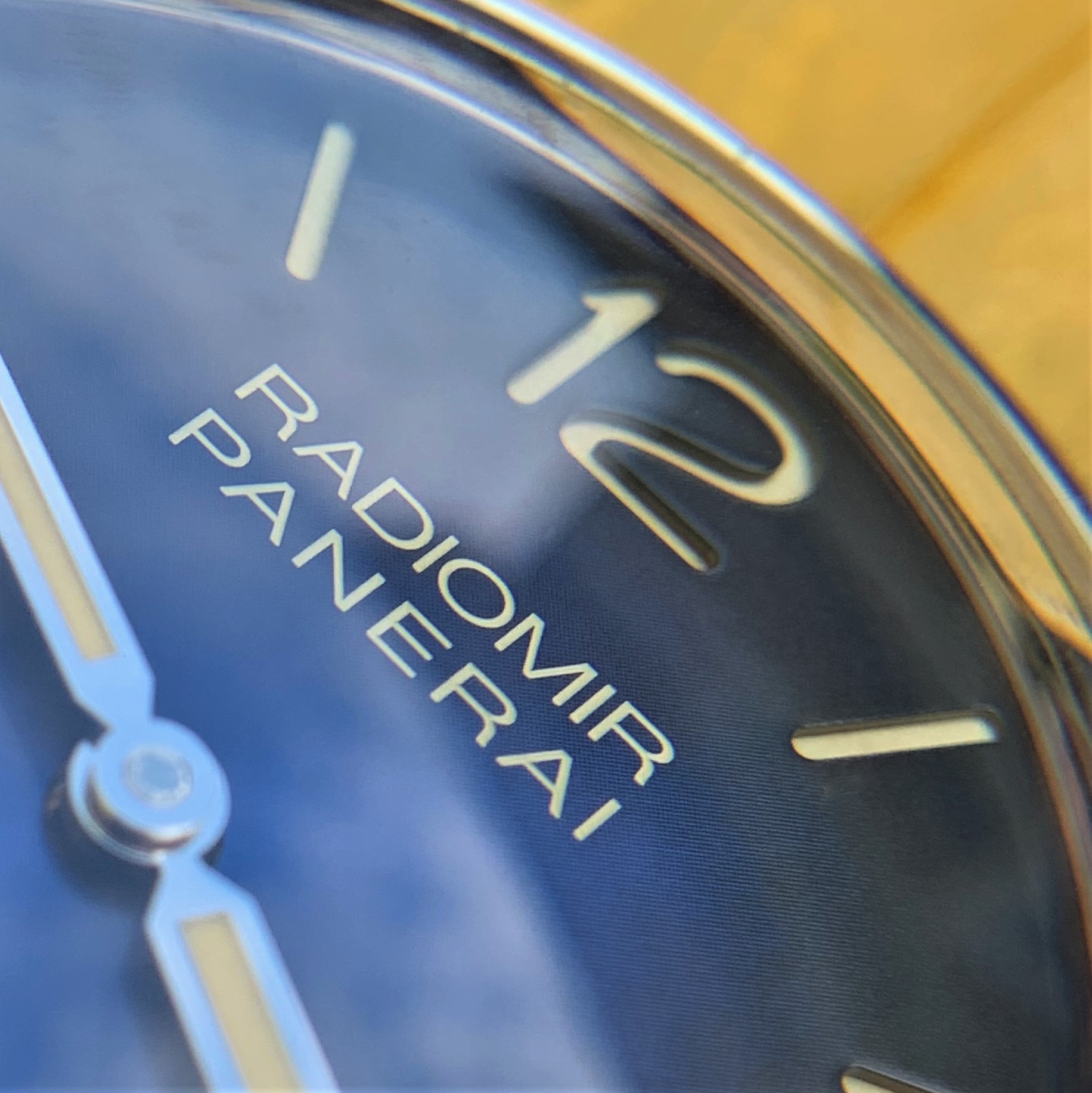
A self-winding timepiece has a calibre wound automatically by the wearer’s everyday movements by use of a rotor.

A timepiece dial where either part or all of the inner workings of the timepiece or visible from the front, and through to the back.
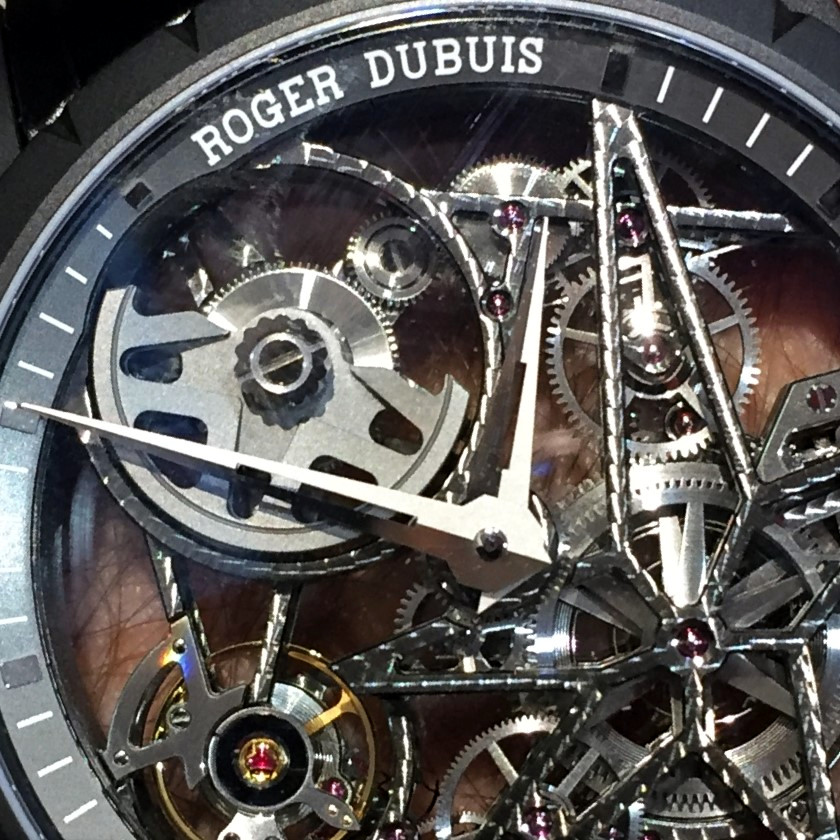
A feature made famous by Breitling’s Navitimer, allowing the wearer to perform logarithmic calculations by rotating the bezel against a scale around the edge of the dial.

t
A scale used on the bezel of a chronograph allowing the wearer to calculate an average speed. If starting and stopping the chronograph resulted in a tachymetric indication of 100, then the average speed is 100 units per hour.

Tapisserie is a type of guilloché most famously seen on the dials of the Audemars Piguet Royal Oak, a pattern with hundreds of small squares are raised on the dial.
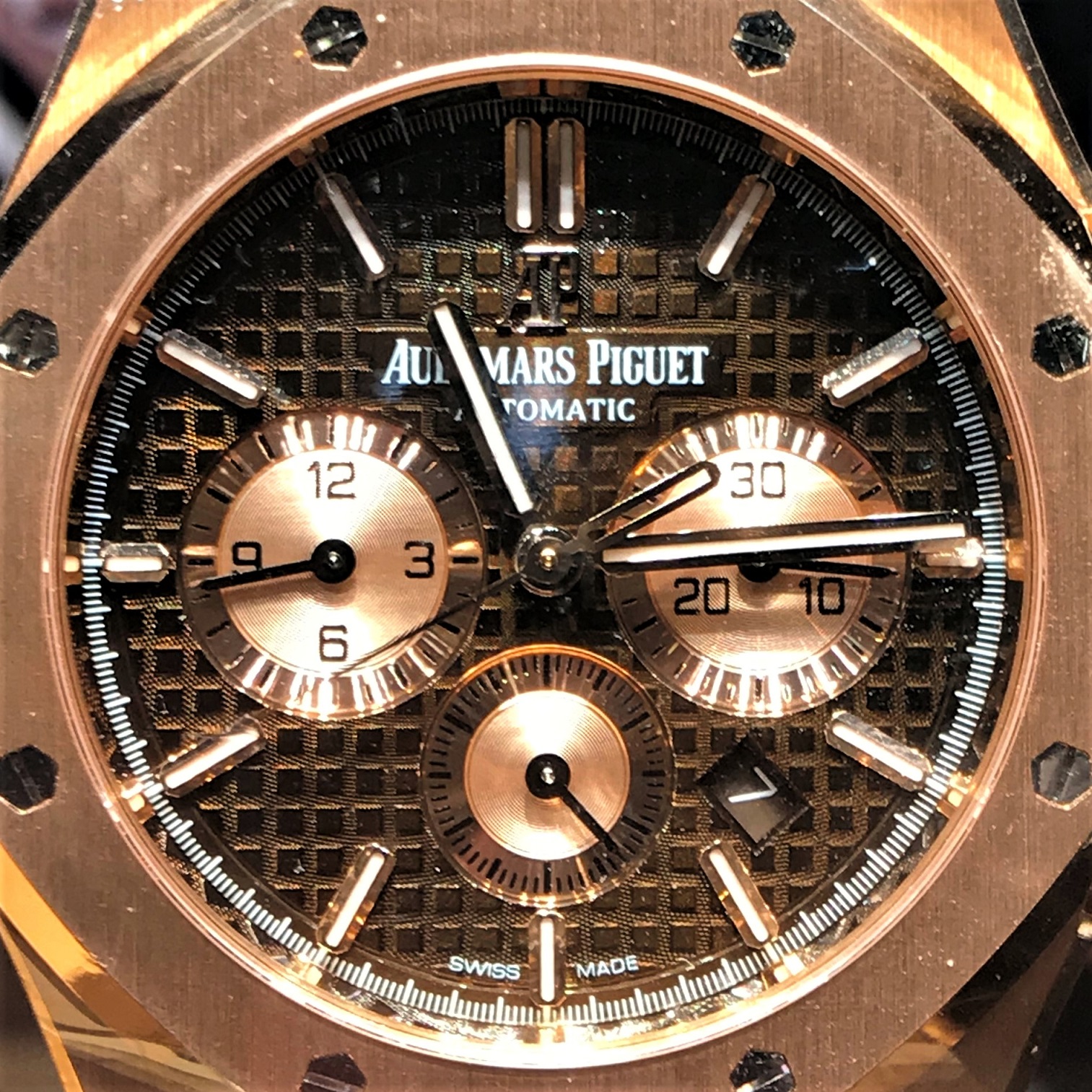
A timepiece case shaping that resembles a barrel.
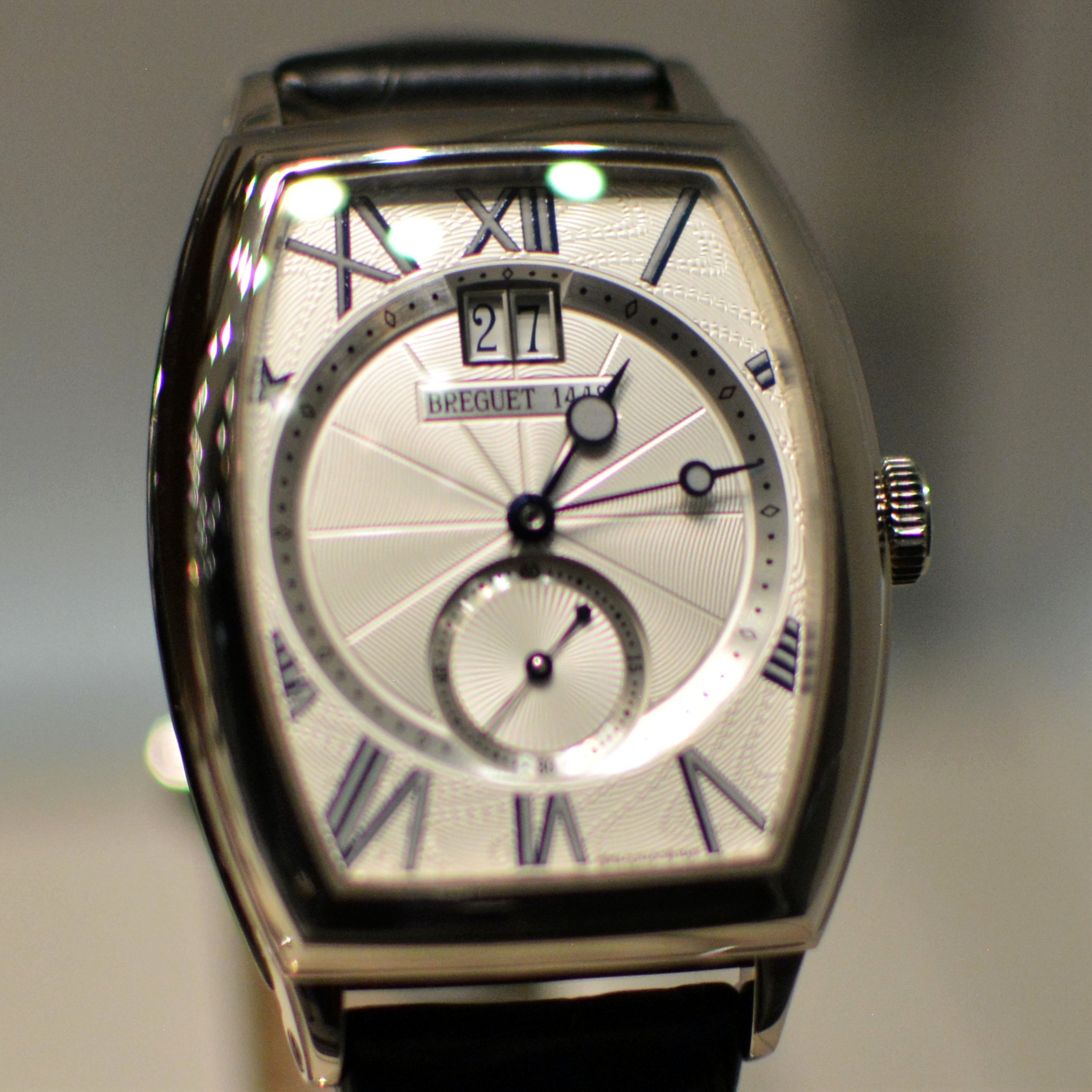
A high-end complication whereby the escapement is mounted in a cage or on a platform which rotates. This was invented by Abraham-Louis Breguet to counter the detrimental effects of gravity introducing timekeeping errors.
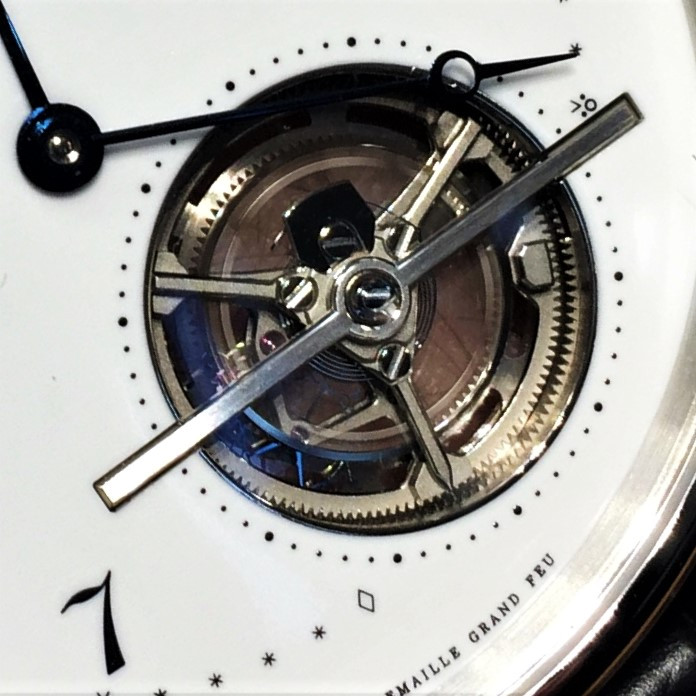
v
Whilst the defined age might vary, a vintage watch is generally accepted as being a watch that is at least 20-25 years old.
